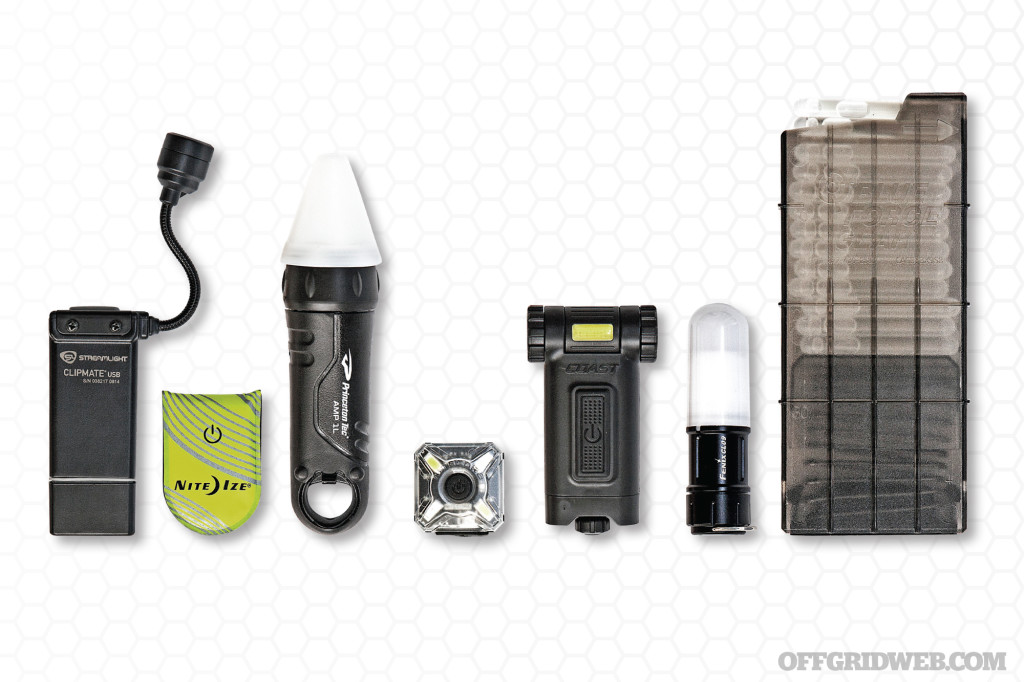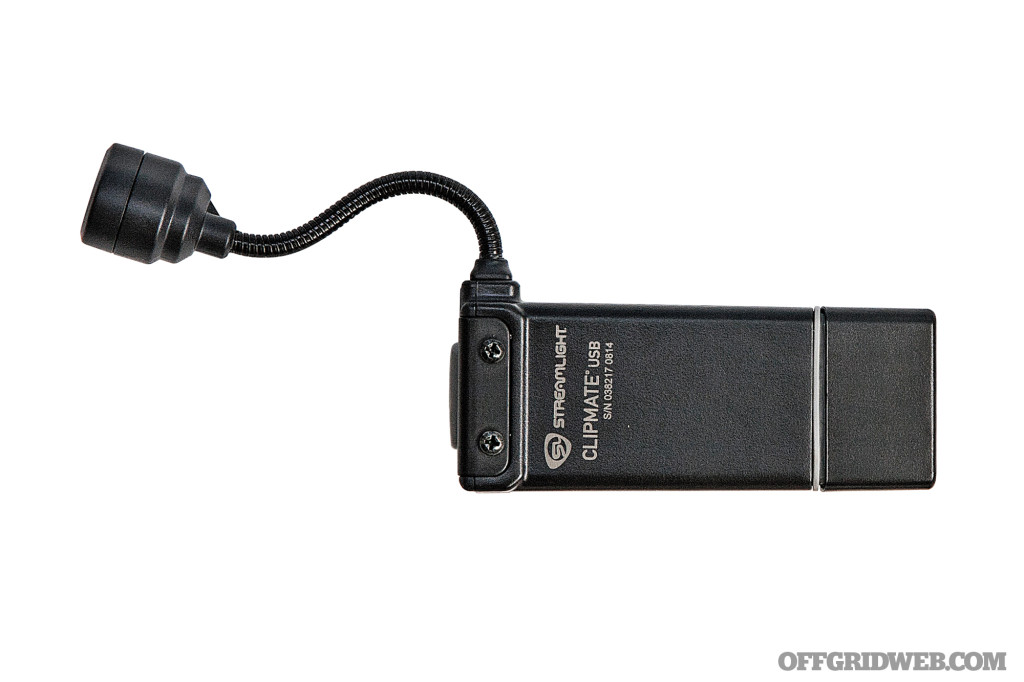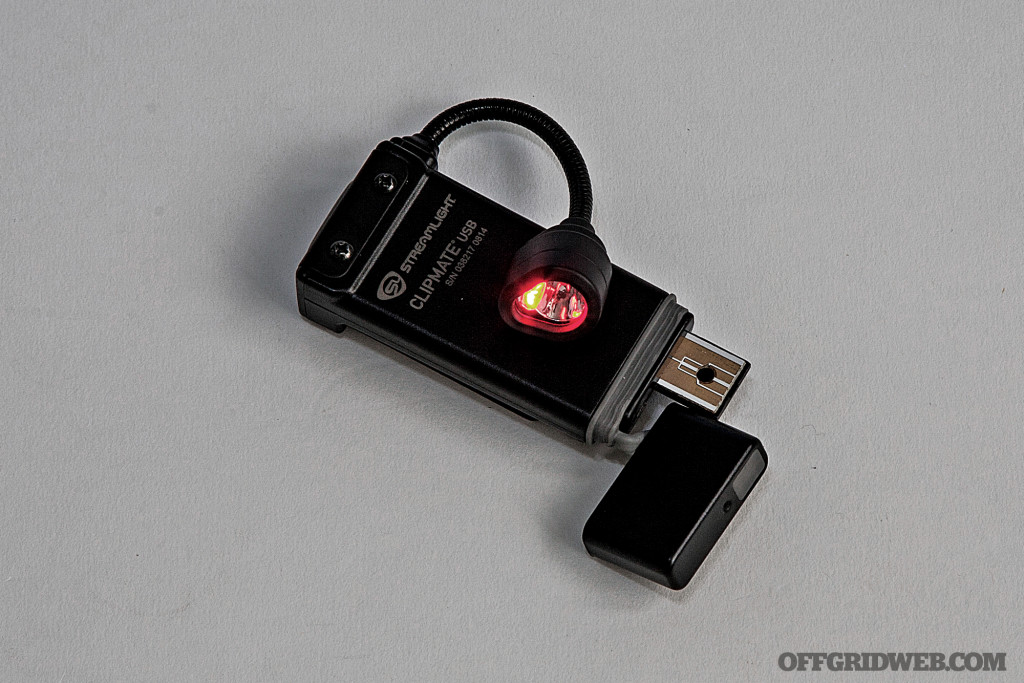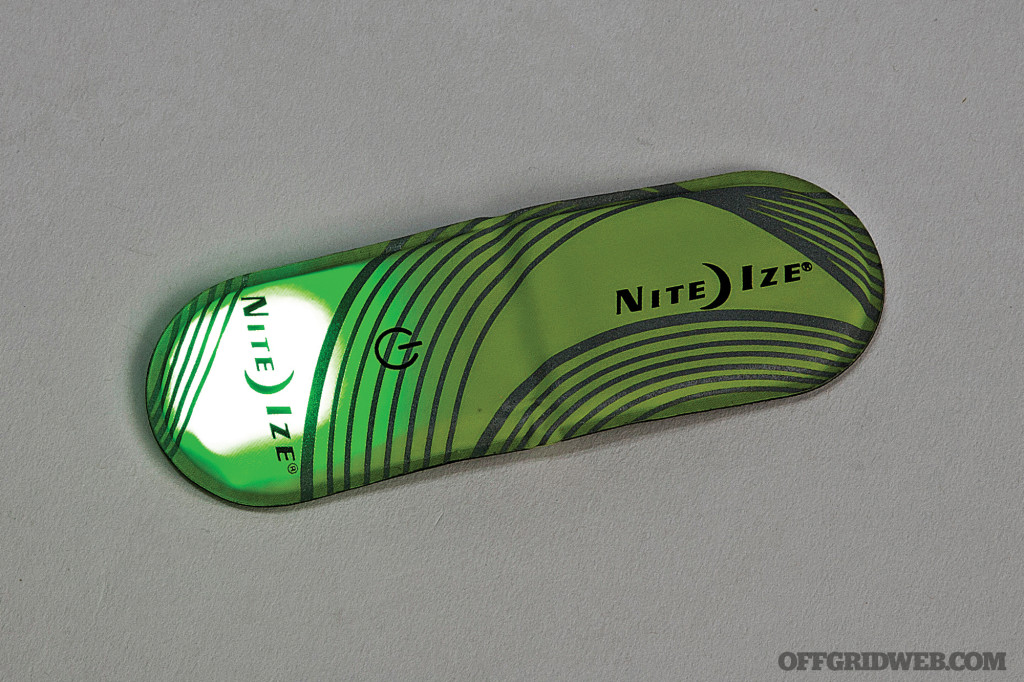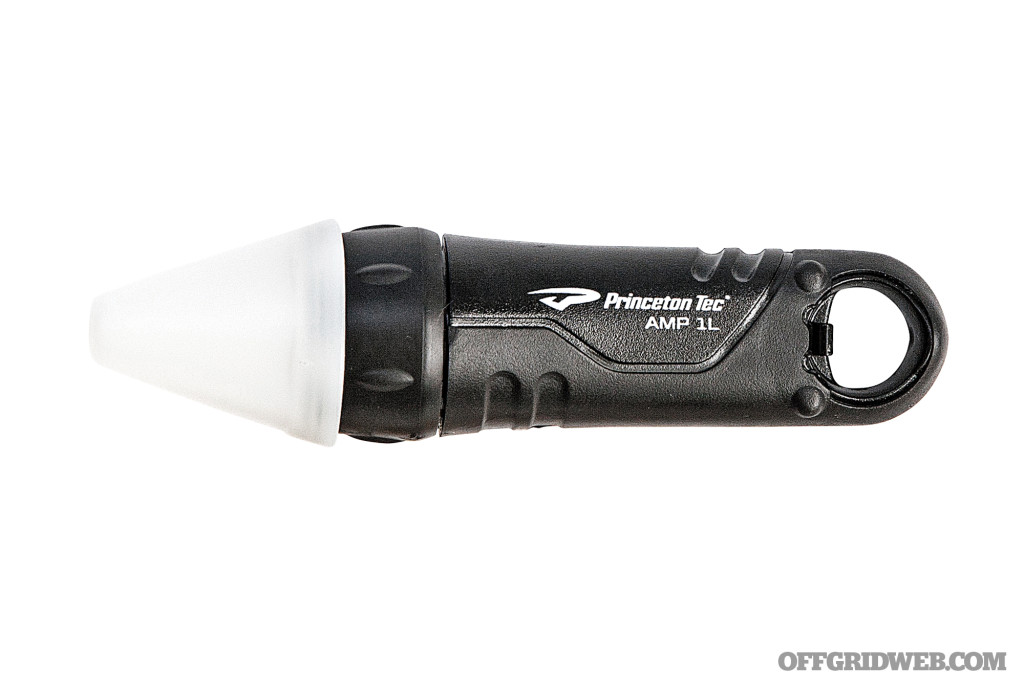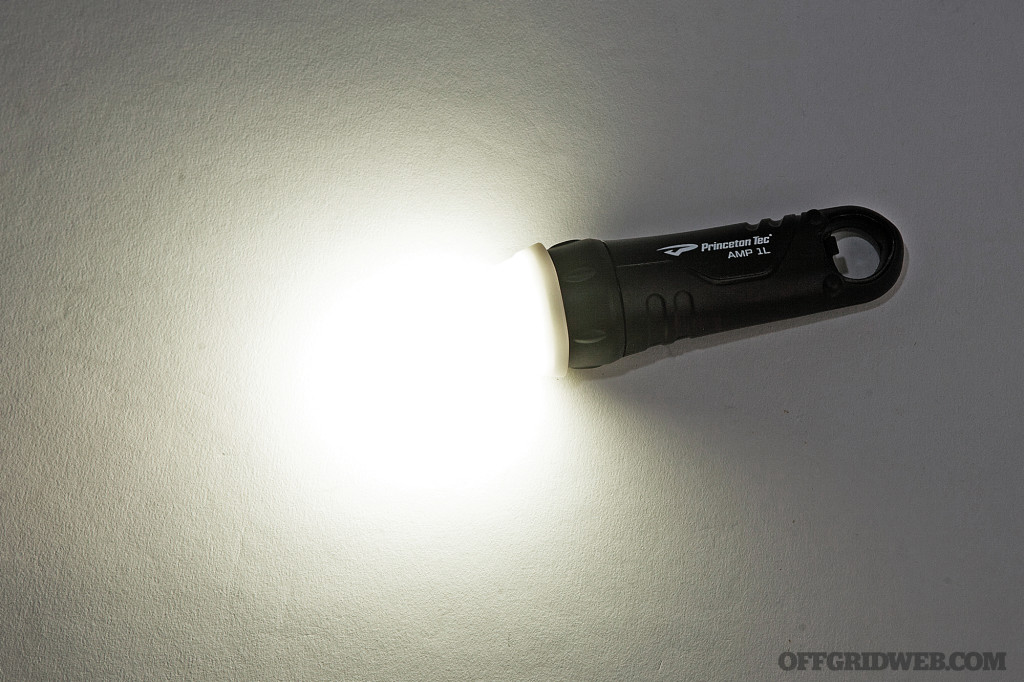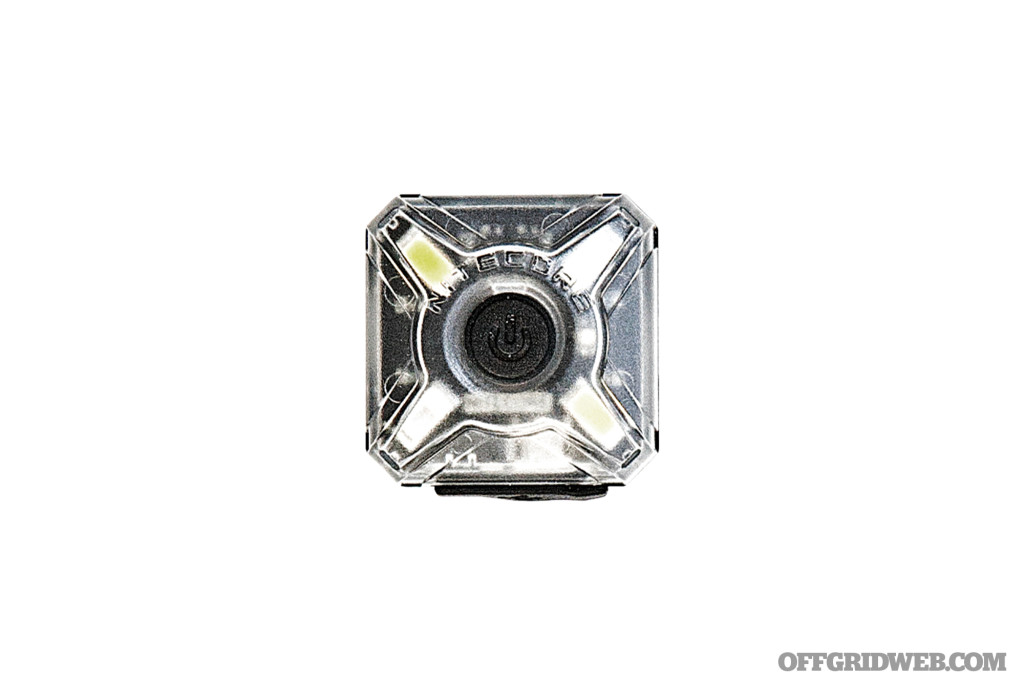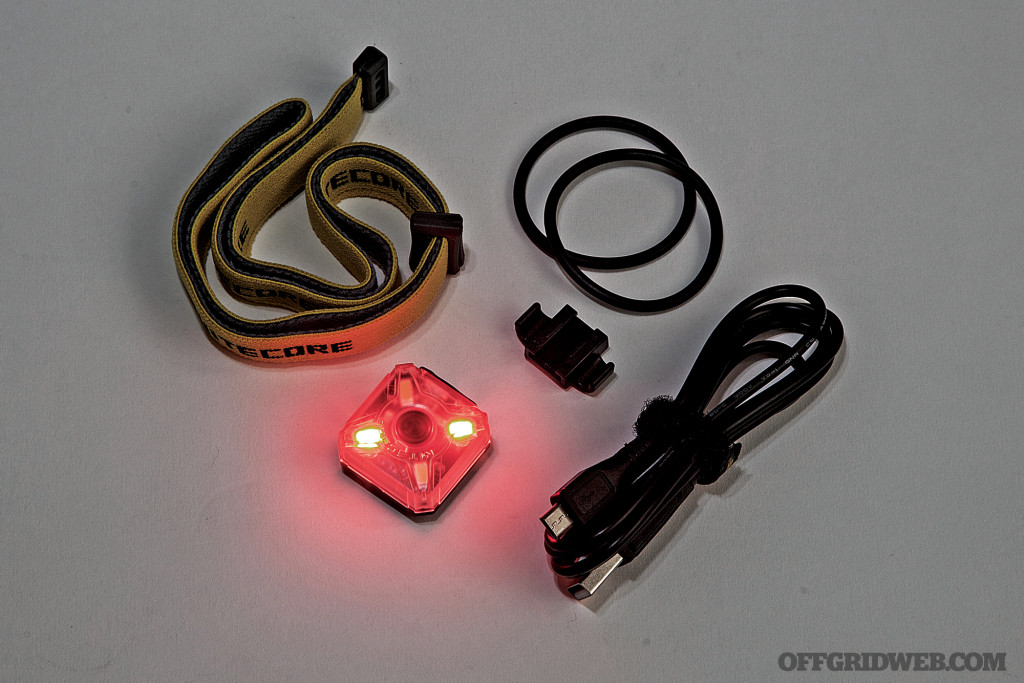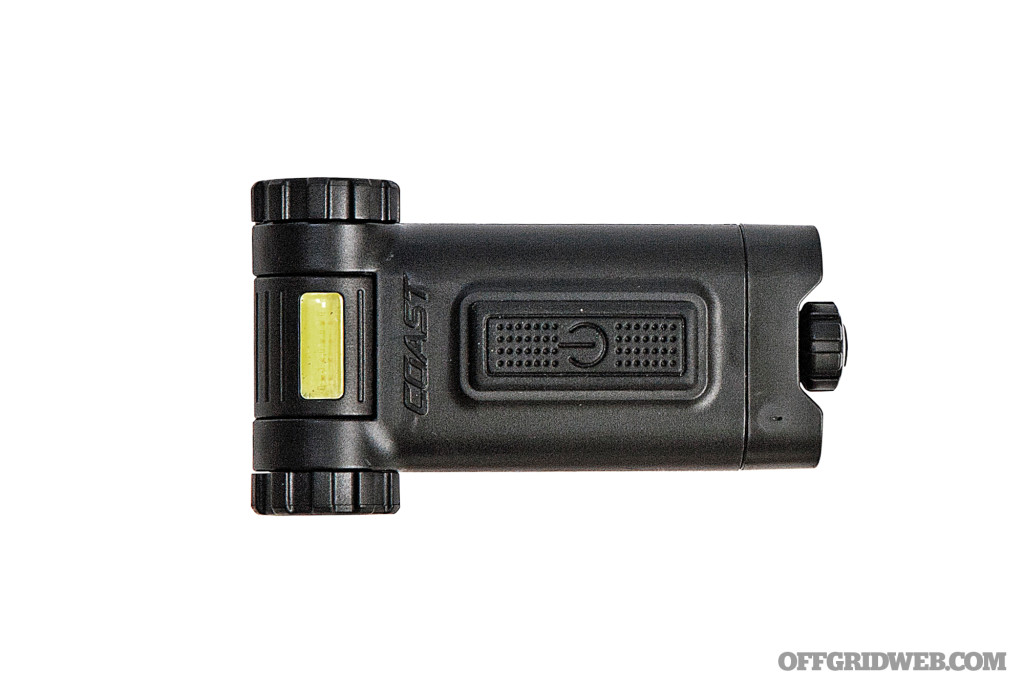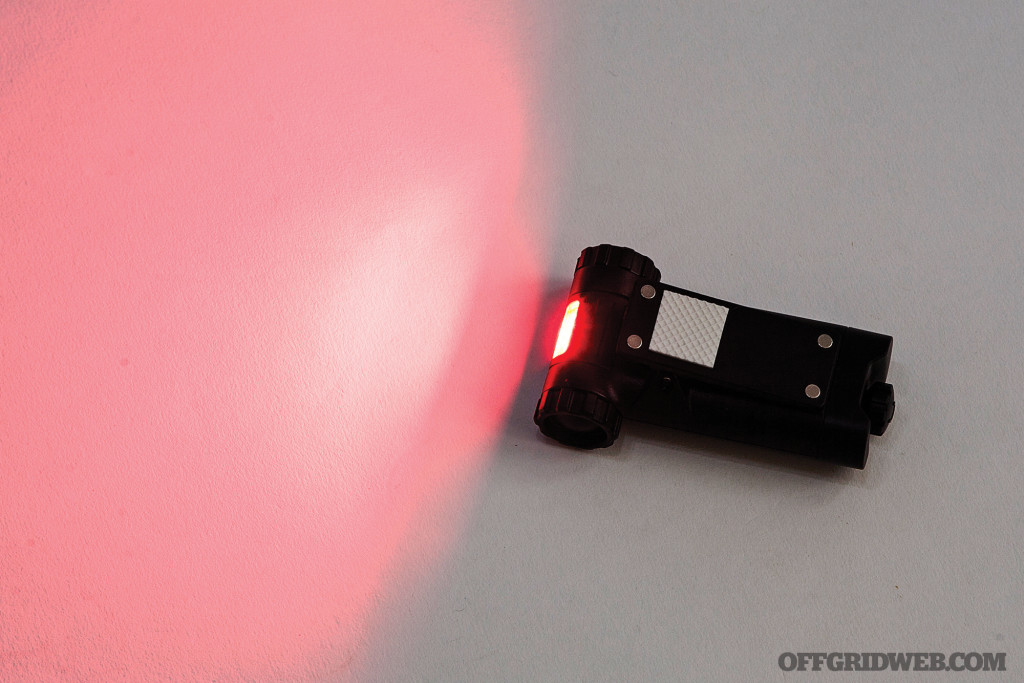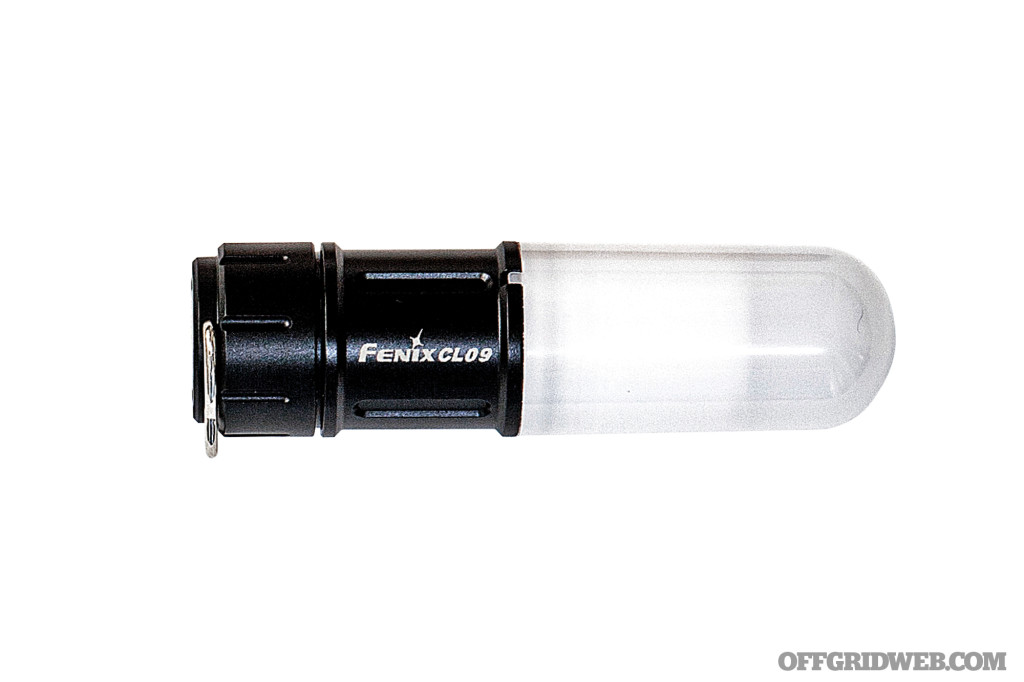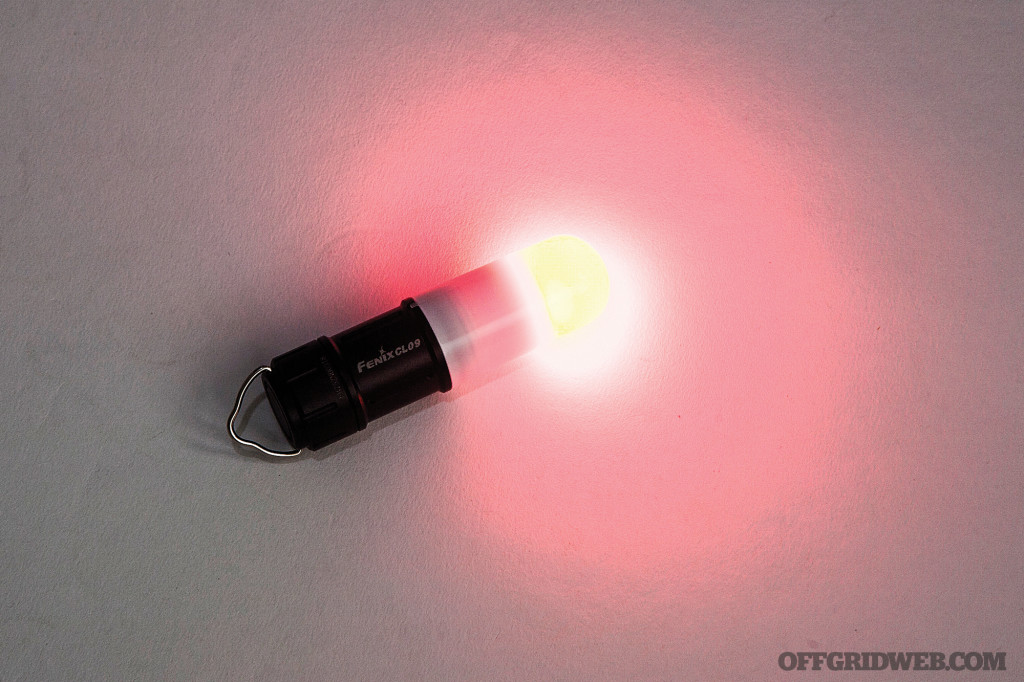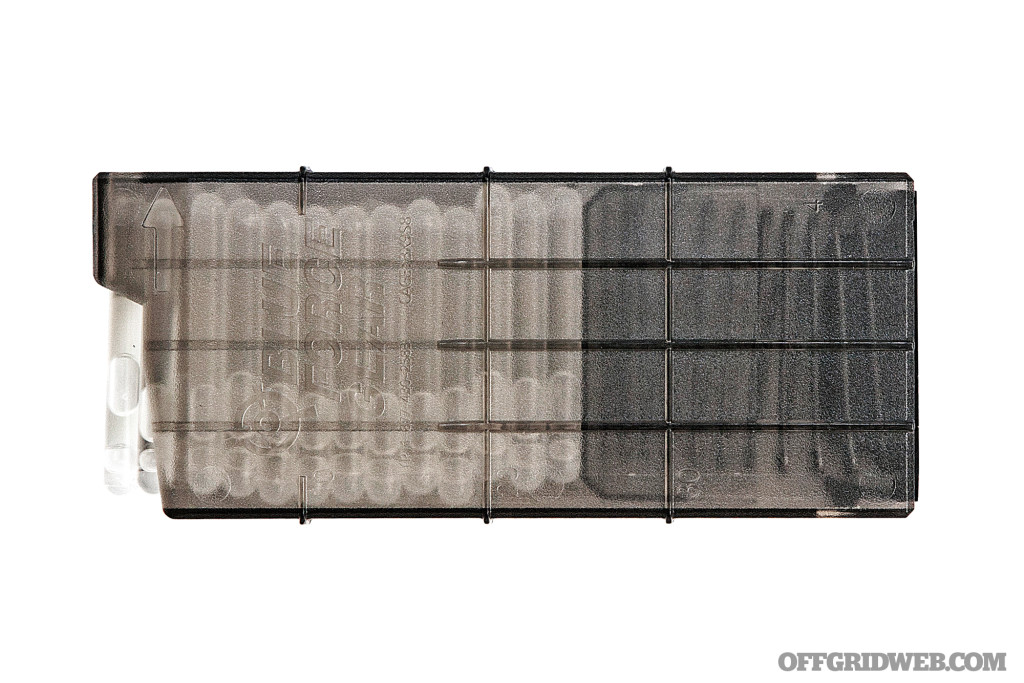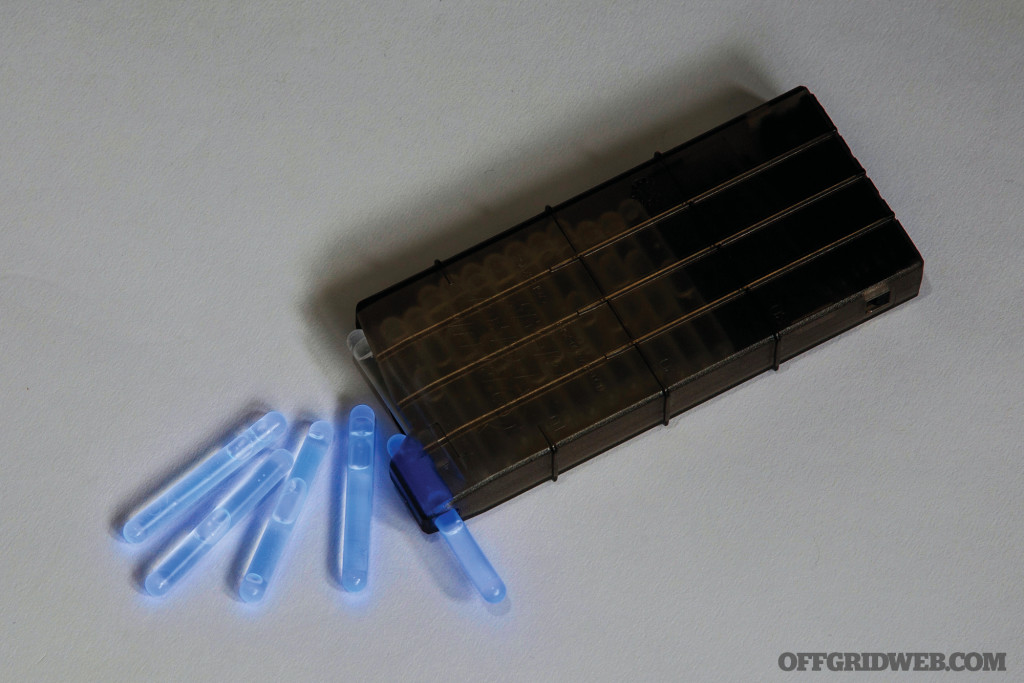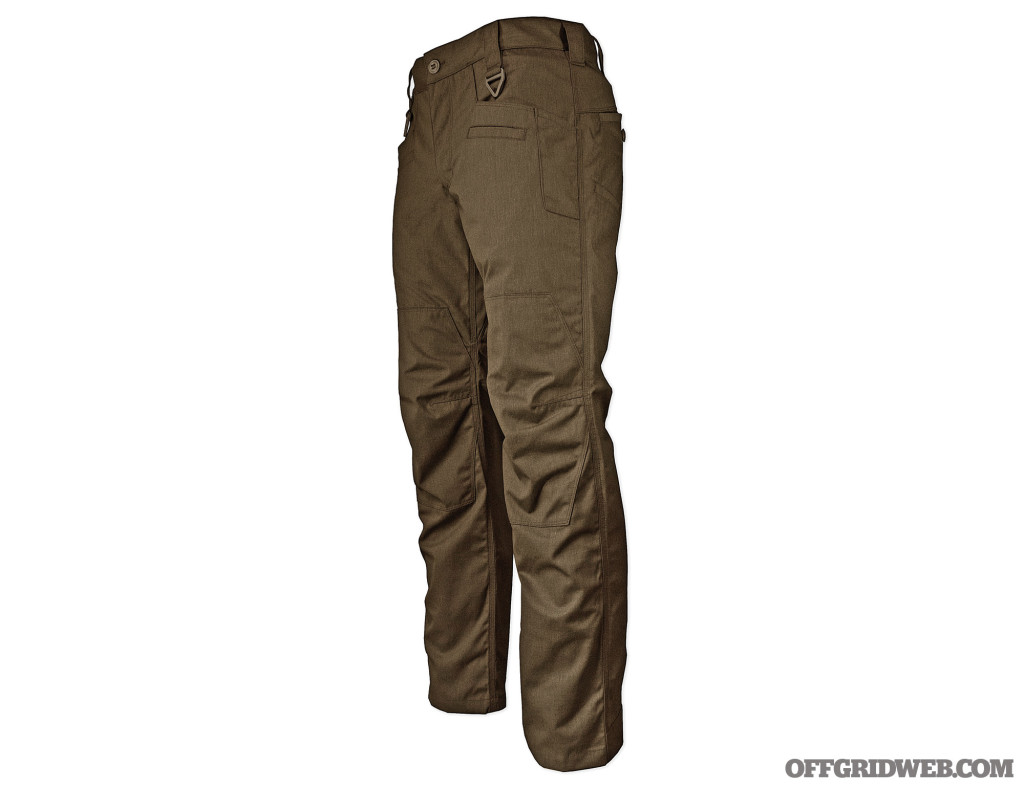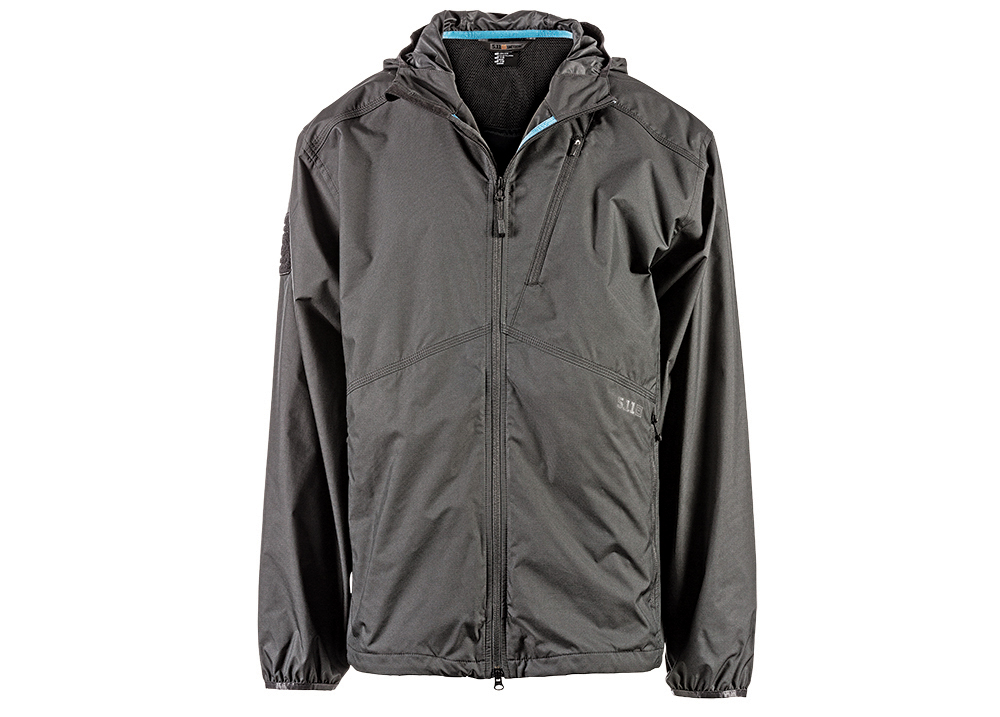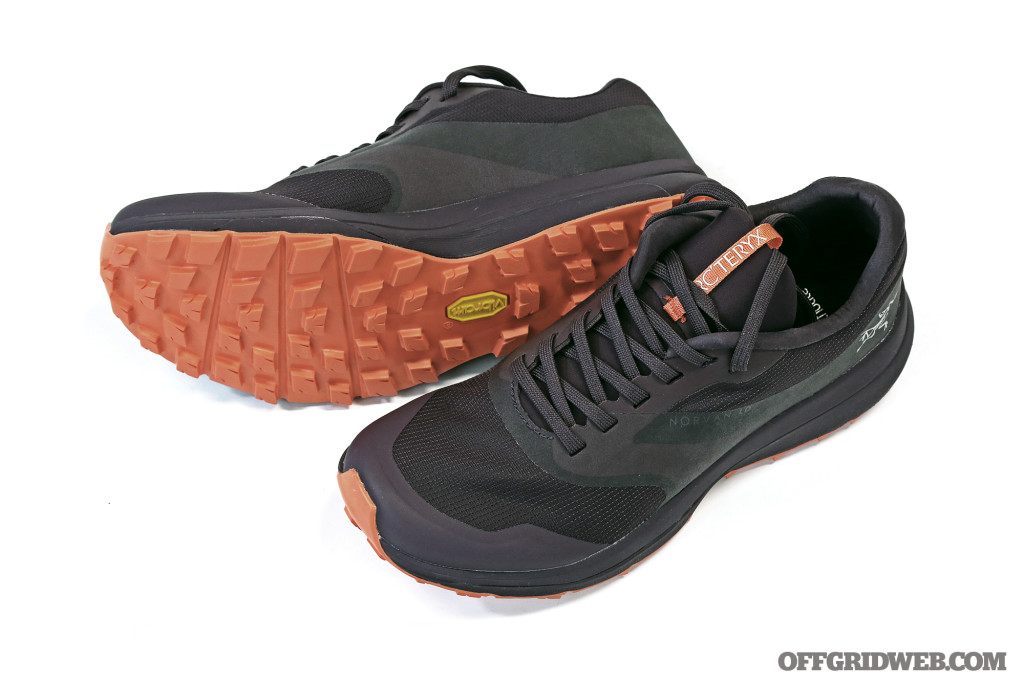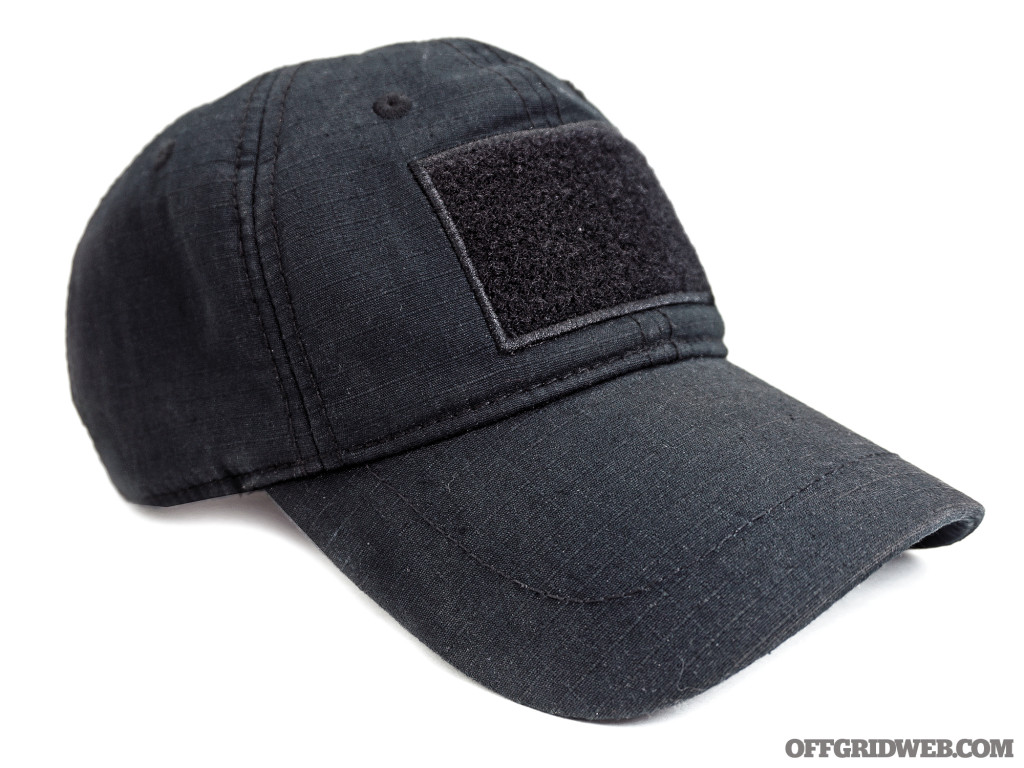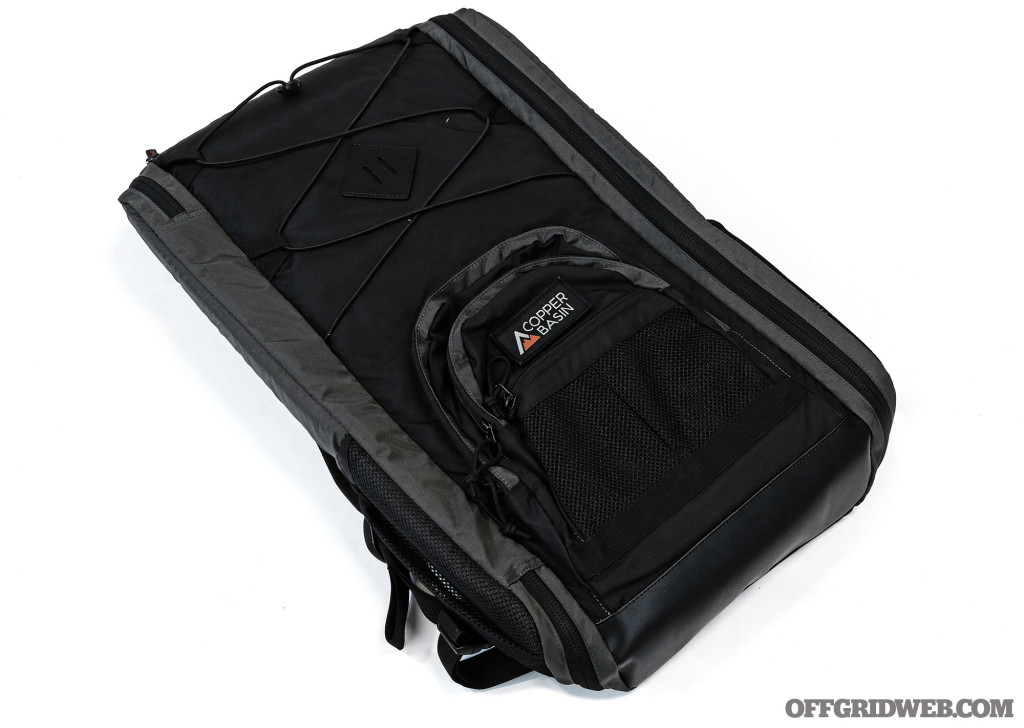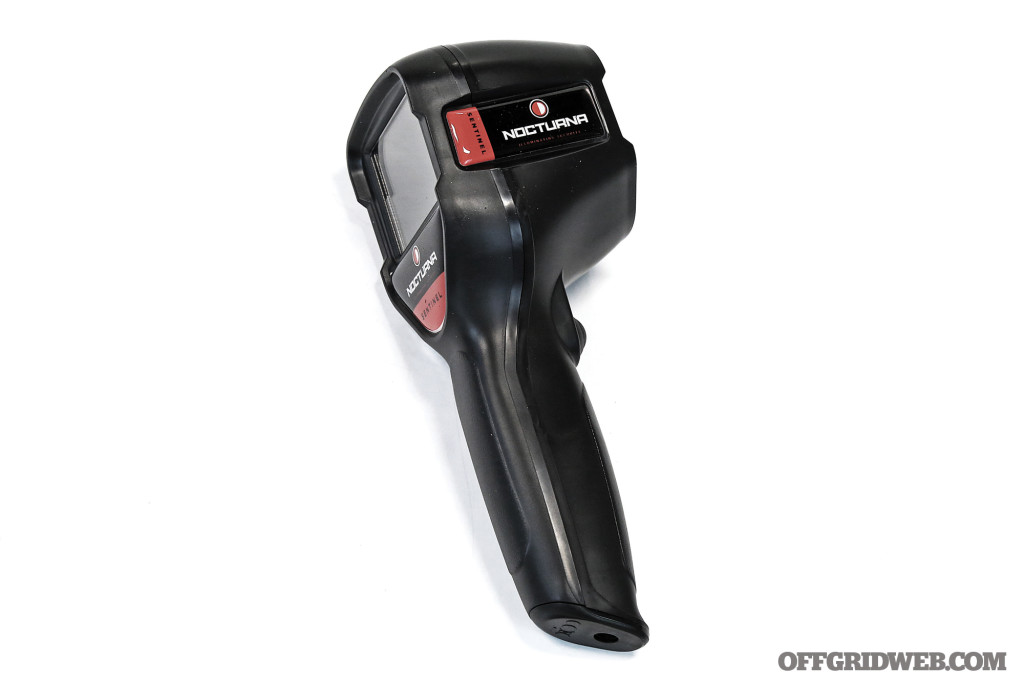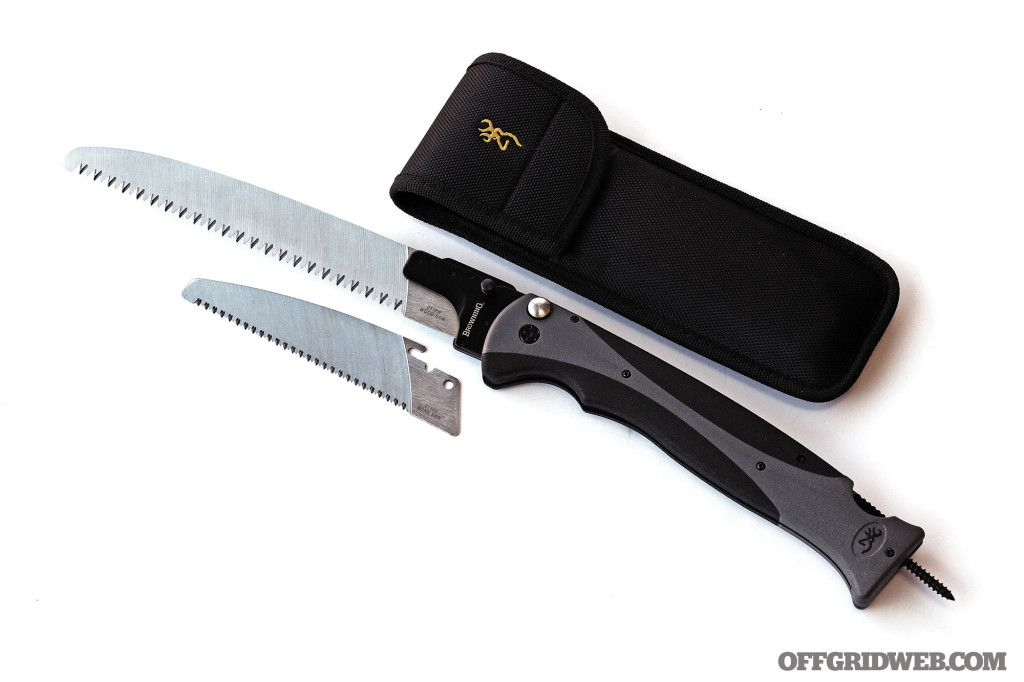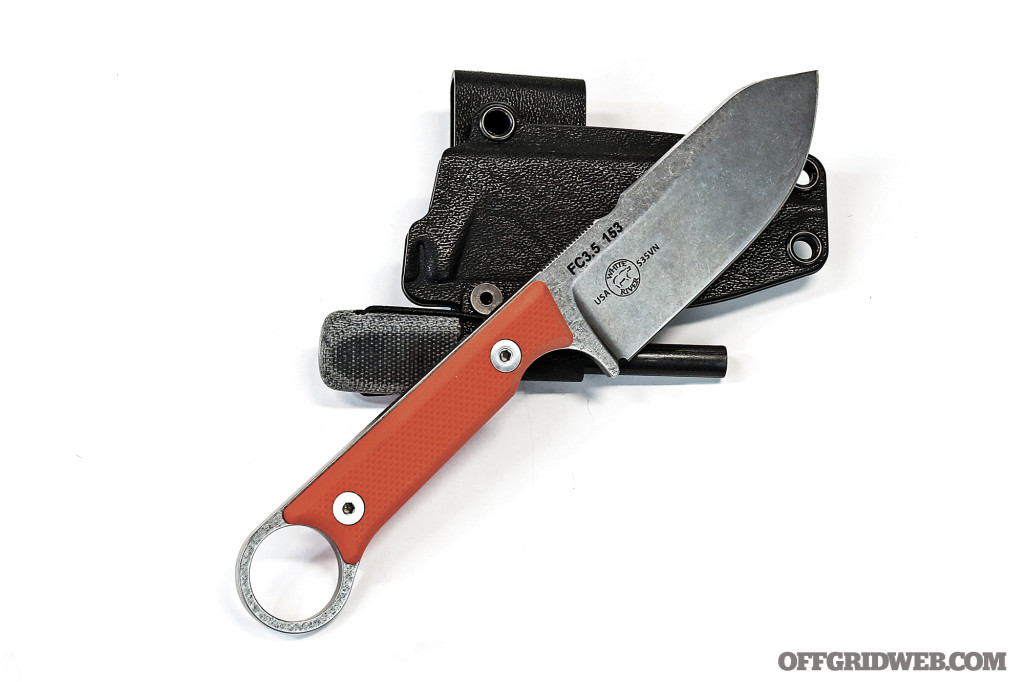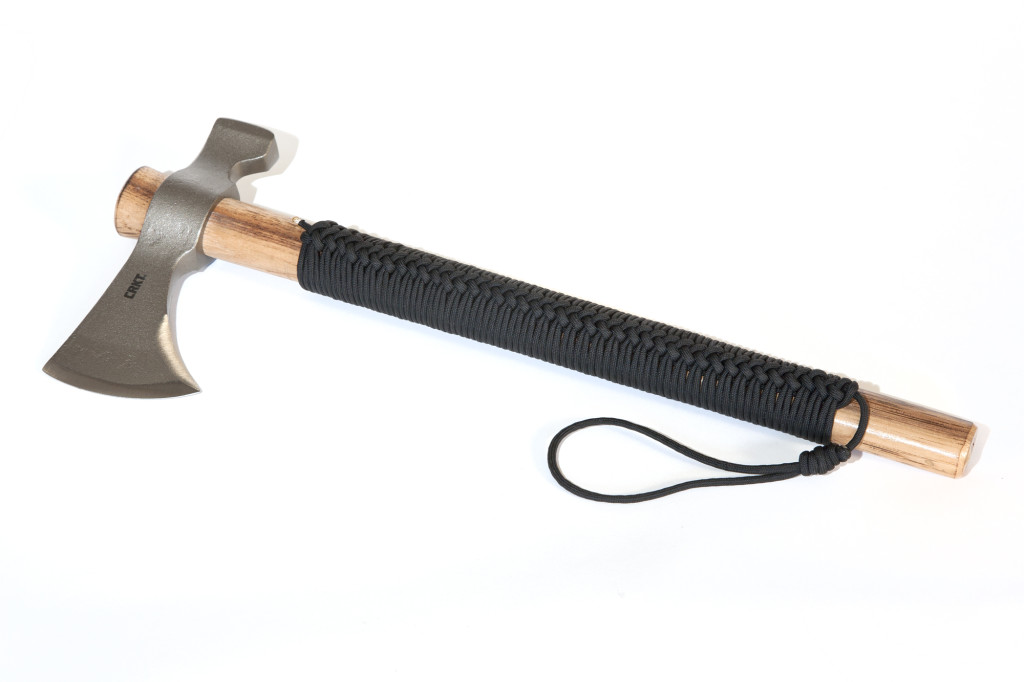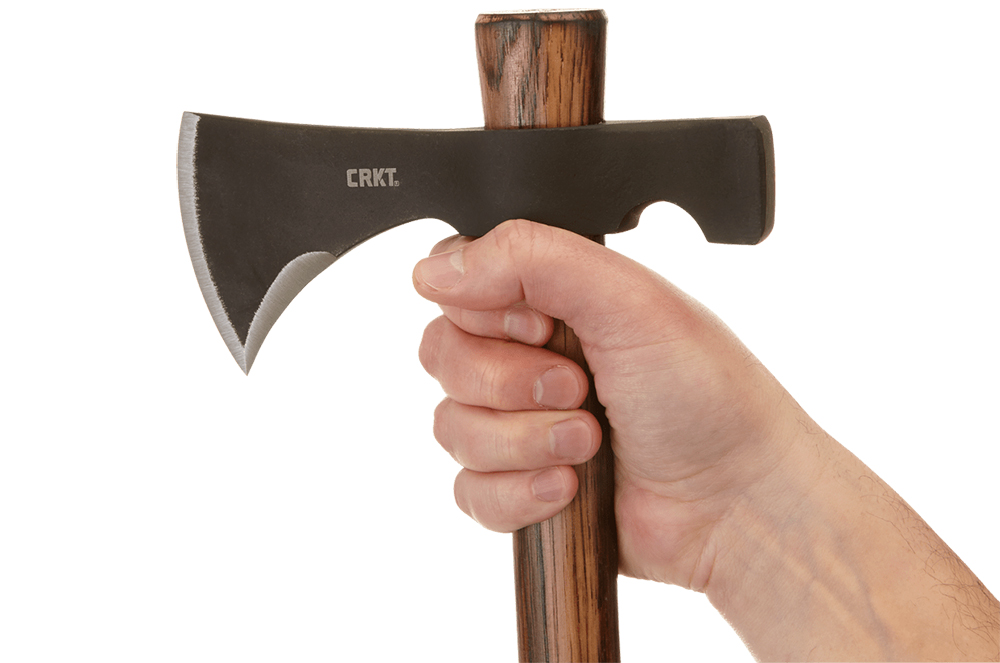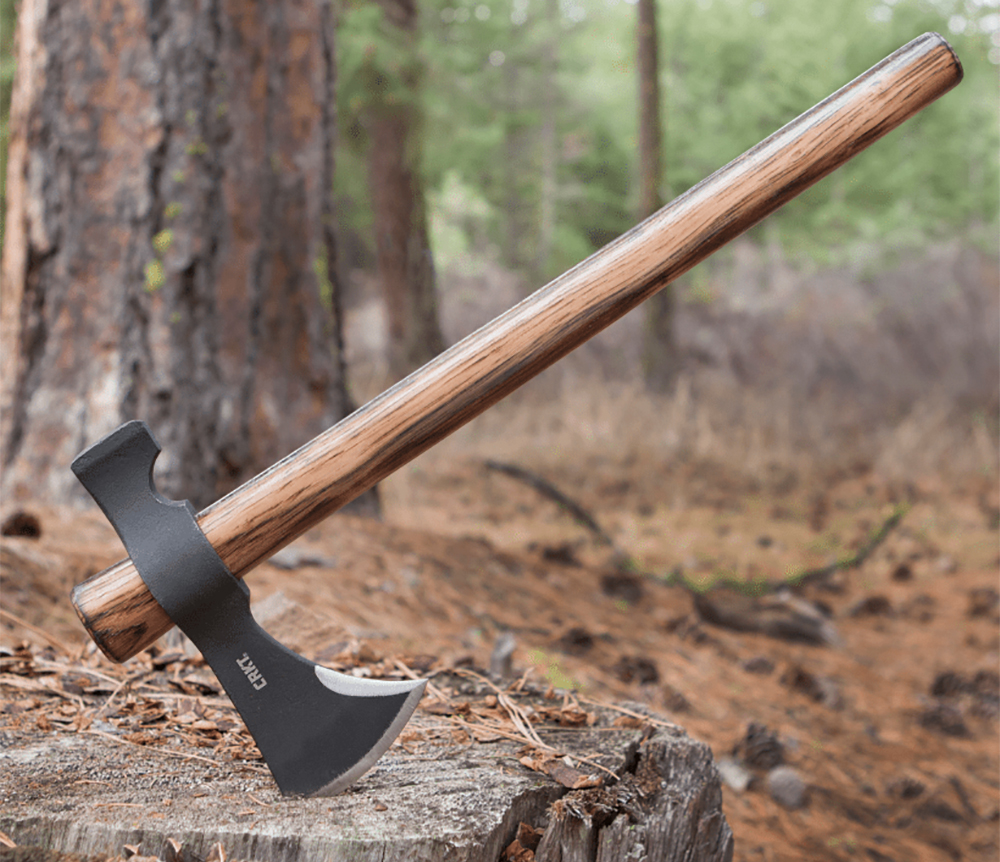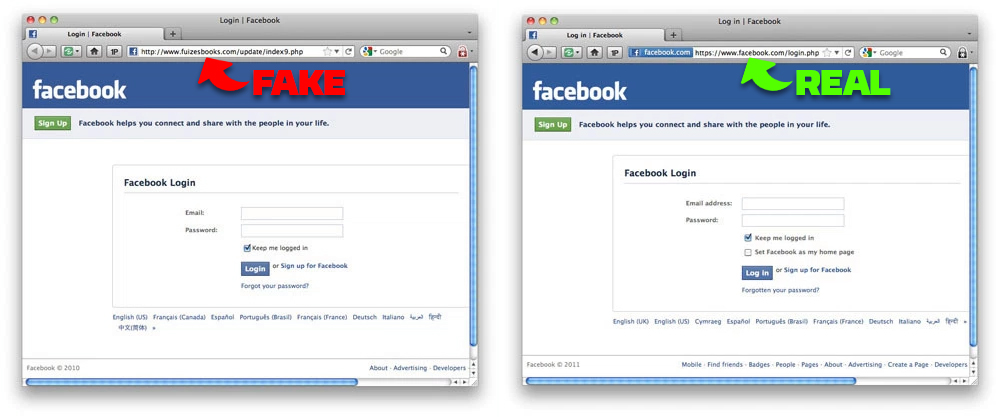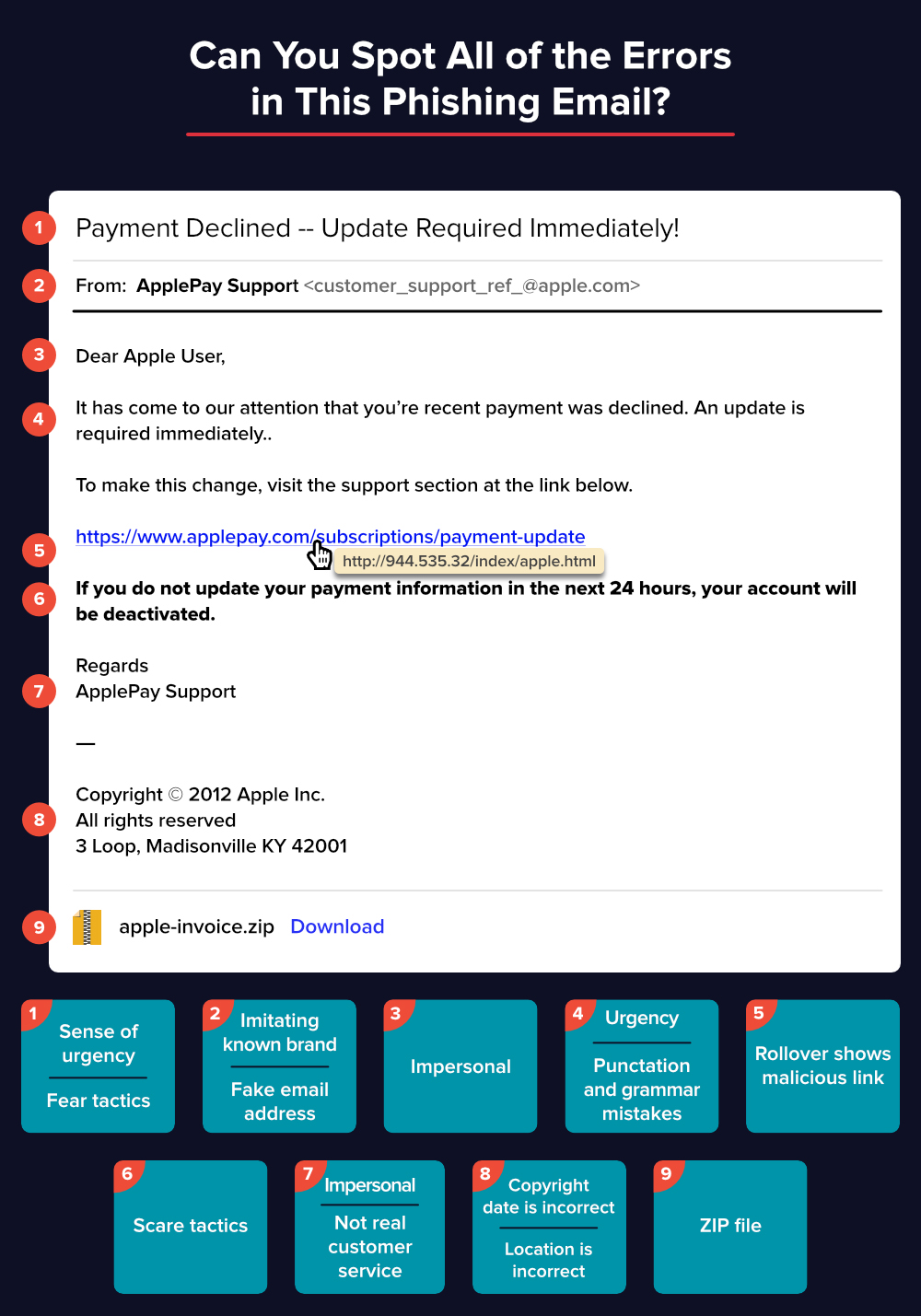In This Article
Imagine that you’re strolling by a large city park near your home on a beautiful sunny day. There’s a popular museum across the street and a busy metro line on the corner, crowded with locals and tourists throughout the day. Your heart skips a beat when you hear a muted bang. You turn to see a large white delivery van parked at the curb with smoke and mist starting to billow out of the back.
Something else seems odd about the van — then it dawns on you that there’s no driver. Suddenly, screams begin to fill the air. Some people appear to be choking, grasping at their throats while their eyes tear up; others begin vomiting. The pedestrians closest to the vehicle collapse to the ground and start convulsing. Is this really happening? What’s actually going on? You’re at the epicenter of a nerve gas attack.

Recent chemical attacks in Syria show just how deadly and widely used chemical weapons are. Many can be made using...
Terror attacks have unfortunately become more common in metropolitan cities. There are terrorist manuals regarding chemical weapons on the Internet. Toxins can be made with household items available at local supermarkets and hardware stores. Because lone wolf or non-state actors can obtain them, these are no longer events that might only be encountered by soldiers in faraway battlefields. The reality is that the fight can be brought to your city, as evidenced time and again in the news.
This type of danger needn’t take the form of a deliberate terrorist attack — it might be the far more common industrial accident. A freight train or tanker truck carrying chlorine through your town could derail or crash, leaking near residential houses or your workplace. Much of the information presented here applies to those scenarios as well. Are you prepared for such an occurrence?
Chemical Warfare
The history of chemical warfare dates back thousands of years, to when natural animal and plant toxins were used to coat arrowheads and increase their lethality. In the 5th century BC, Spartans burned coal, sulfur, and pitch to gas the Athenians in the Peloponnesian War. In more modern times, chemical agents have been used in both World Wars, Vietnam, Iraq, and recently in Syria. Nerve agents have been used to assassinate former Russian and North Korean operatives in public spaces in western countries — with the potential for collateral civilian victims. Terrorists have also exploited this weapon, from the sarin attacks in Tokyo to attempted cyanide plots on the NYC subway.
Types of Chemical Weapons
Choking agents, or pulmonary irritants, attack the eyes, airways, and lungs. These gases form hydrochloric acid and other chemicals on contact with moisture in the mucous membranes, causing burning and tissue destruction. When inhaled, the lungs fill with fluid, essentially drowning the victim. Chlorine and phosgene belong to this class. A distinction between the two is that chlorine will cause immediate irritation, whereas phosgene can start to affect you sometime later, even after you’ve left the area. Chlorine and phosgene are mass-produced and used in various industrial processes. They’re transported in large quantities, making them both a danger due to accidents and an opportunity for terrorists.
Nerve agents can kill in minutes, affecting the central nervous system. They’re the quickest acting and most lethal of all chemical agents. They cause constriction and tearing of the eyes, salivation, loss of bowel and bladder control, breathing difficulty, seizures, and death. Sarin and many pesticides are in this category.
Blood agents kill by blocking an enzyme critical for normal energy production, stopping the cells’ ability to utilize oxygen. High oxygen-consuming organs like the brain and heart are affected first. Since the agents affect the body’s ability to process oxygen, not the intake of oxygen into the body, merely giving more oxygen to a victim has no effect. An antidote is required, given in large amounts through an IV.
Hydrogen cyanide is a type of blood agent; it has the odor of bitter almonds when in the air. Victims become rapidly unconscious, convulse, and then suffer cardiac arrest. The skin of those suffering from cyanide poisoning may sometimes appear red, though this is a very late and unreliable sign. Terrorists had developed an efficient cyanide gas dispersion device to be used in a plot to attack the NYC subway in 2003. For reasons that are still unclear, the plot wasn’t carried out.
Chemical irritant agents, like pepper spray and tear gas, are usually used for riot control or self-defense. They cause intense pain, coughing, breathing difficulty, and tearing. They’re not usually fatal except in certain special circumstances, such as in a confined space without any means of escape. Symptoms can be mitigated by moving the victim away from the area and washing off the agent.
Blister agents cause blisters and burns on contact with the skin and eyes. They’ll also burn the lungs if inhaled. Sulfur, mustard gas (so named because of its garlicky-mustard odor), and Lewisite are in this class. In the initial moments of an attack, blister agents may be mistaken for riot control agents, except symptoms will get severely worse with time and won’t subside if the victim is removed from the area.
Situational Awareness
Always be aware of your surroundings and leave immediately if you feel uncomfortable or if something doesn’t seem right. Be vigilant, especially in large crowded areas, transportation hubs, parades, and concert events.
Clues that may signal an impending terrorist gas attack include strange vapor clouds or mists, unusual odors or tastes, and unattended vehicles or packages, especially if they’re leaking fluid. The Aum Shinrikyo terrorists of the 1995 Tokyo subway gas attack punctured their packages with sharpened umbrellas and left the train stations as the sarin leaked out. The packages were simply plastic bags of sarin wrapped in newspaper.
Explosions are an obvious giveaway; however, they may be small or contained. While in combat in Mosul, this author quickly learned that during mortar attacks, the muted thuds or softer explosions were usually shells carrying chemicals. The same lessons could apply to the civilian world. If you’re in the vicinity of an explosion that sounds muted or like a dud, it might be a delivery device for a chemical or biological agent.
Explosive devices, when used, unintentionally burn or destroy some of the agent. Therefore, terrorists generally use lower quantities of explosive material in these devices to maximize the impact of the toxins. Also, larger quantities reduce the concealability of a device, compared to one that fits neatly in a backpack or other small container that can be planted or transported inconspicuously. Some agents, like sarin, only take a drop to kill an adult.
Efficient dispersion of an agent is a constant challenge with chemical weapons; thankfully, terrorists haven’t fully figured this out. An indoor release of chemicals is more concentrated and effective; however, it limits the number of potential victims to those within the structure. An outdoor dispersion can cause more chaos and reach more of the population, but it can be diluted in minutes or hours depending on wind and weather conditions.
If you see something suspicious along these lines, get at least 300 feet away, preferably upwind, before using your cell phone to alert authorities. Cell phones and radios may inadvertently trigger some explosive devices. When at all possible, use a landline to report a device that’s nearby.
Barrier and Distance
In an outdoor scenario, wind direction is a factor. You always want to be positioned upwind of the device, so the toxin won’t be blown toward you. This may mean modifying your escape route. Most devices have a dispersal radius of less than half a mile.
Move indoors as fast as possible. A building with its windows and doors closed provides a lot of protection. If the option is available, try to get 30 feet or more above the ground. Many poisonous gases are heavier than air and concentrate low to the ground and in basements. That’s why they were so effective in the dug-out trenches of past wars. Trenches, which protected the soldiers from gunfire, would concentrate and collect the deadly gases, killing or flushing out soldiers.
Climbing to a higher floor (the higher, the better) will not only decrease the concentration of the gas due to altitude, but will also place more distance between you and the source. Remember, distance is measured not only horizontally, but vertically. Use both of these factors to your advantage. A device releasing phosgene on the street may not reach the 14th floor, even if it’s right in front of your building.

Reports show that victims of the April 7, 2018, chemical attack in Syria were brought to the hospital smelling strongly...
Decontaminate
Hose yourself off as soon as possible and remove all your clothing. You should try to do this in the first minuted or two after exposure. Don’t lift clothing over your face and head, to avoid passing contaminated material over your nose and mouth. Remove your top by ripping or cutting it off if necessary. Put the contaminated items in a plastic bag and tie it off. Place it in a second bag, tie that off, and discard it outside your shelter — out a window, on a fire escape, or in the backyard — to avoid further contact with the chemical agent.
When decontaminating yourself, a shower is your best option. If no shower is available, improvise using faucets, water coolers, hoses, and so forth. For most chemicals, removing your clothing and washing with soap and water is sufficient. Pay particular attention to armpits, genitals, and inner thighs. Warm, moist areas activate blistering agents like mustard gas, and injuries can be intensified in these areas. Don’t use a brush or scrub too hard — you don’t want to break or abrade your skin, which would make it easier for contaminants to enter the body. Use cool water; hot water opens pores, facilitating entry of the chemical.
Thick, stubborn, oily liquids stuck to the skin can be removed using a credit card or spatula; be careful to not scrape the skin. You can put calcium chloride (ice melt salt) and magnesium oxide (indigestion medication) powder on affected areas. If you don’t have these items, you can use flour or talcum powder. For eyes, use sodium bicarbonate (baking soda) solution or diluted infant shampoo to decontaminate and help neutralize burning. Remove contact lenses and throw them out; don’t put new contacts in. Wash your glasses thoroughly with soap and water and air-dry before putting them back on.
Shelter
Find a windowless interior room if possible. Lock and seal doors and windows with plastic bags and duct tape. Make sure air conditioners, vents, and fireplaces are closed. Tape plastic over electrical outlets. Use improvised items, such as towels or sheets, to shove under doors to seal cracks. Businesses and homes can prepare in advance by pre-cutting 2- to 4-millimeter-thick plastic sheeting to size, so that you can quickly cover any openings in preselected interior rooms.
Store food, water, and a battery-operated radio in these rooms. The Department of Homeland Security recommends 10 square feet of floor space per person to provide sufficient air to prevent carbon dioxide buildup for up to five hours. Outdoor chemical releases are usually diluted to safe levels within a few hours, so you’ll likely only need to shelter-in-place for a short time.
Listen for the emergency broadcast on your radio to confirm it’s clear to leave shelter. Your shelter-in-place kit should include your 72-hour go-bag, food, water, chemical suit (assuming you’ve been properly trained to use one), gas mask, battery-operated radio, and an M256A1 kit. The M256A1 kit is a chemical warfare agent detector system. It uses reagents and detector paper to alert you of a blood, nerve, or blister agent in the atmosphere. This will allow you to know what threats you’re facing and confirm their status when you get the all-clear.
First Aid
Other than showering off and removing contaminated clothing, there are no readily available home antidotes. Antihistamines can reduce skin itching if it occurs. Treat skin blisters with standard burn therapy, preferably with silver sulfadiazine cream.
Don’t bandage eyes that are irritated or have chemical burns. Petroleum jelly can be used along the eyelash margin to prevent sticking of the eyelid edges from the burns and irritation. If bright light causes eye pain, use sunglasses or dim the lights.
In the event of a nerve gas attack, prescription atropine auto-injectors are carried by first responders. Atropine exists in nature, in plants such as belladonna or the nightshade family and Jimson weed. Some sources have advocated ingesting portions of these plants as a treatment, but is extremely dangerous. There’s no way to know how much atropine is in a given plant because it varies from sample to sample. Overdose can result in death; therefore consuming these plants isn’t recommended as an antidote.

Not only should a kit built to deal with a chemical attack contain the usual supplies, like food, water, and a radio,...
In fact, the name atropine comes from Greek mythology — Atropos, one of the goddesses of fate, would decide how people would die. That fact alone should tell you that eating these plants isn’t a good idea. Another problem with this scenario is that your gastrointestinal system would be affected by the nerve gas and not be working properly to process anything you took by mouth safely or reliably.
For chlorine, often just removing saturated clothing and showering off can relieve symptoms. Remember: Don’t pull clothing over your head. If you or a family member has a home nebulizer machine for asthma or emphysema, you can place a water and baking soda (sodium bicarbonate) mixture in the nebulizer and inhale to help relieve persistent pulmonary irritation symptoms like wheezing and coughing.
A room humidifier can be used if you don’t have a nebulizer. Place your face above it and inhale the mist. Of course, you should go to an emergency room if you have these symptoms, but if that’s not an option due to civil chaos and unrest, you can try these methods.
Gas Masks
Masks must be from a reputable seller and not just a surplus store. Many masks from these discount centers are older, obsolete models and have been proven ineffective. Make sure your mask is approved by the National Institute for Occupational Safety and Health (NIOSH) and is CBRN rated. A gas mask won’t prevent the rest of your body from absorbing chemicals, but can decrease it by as much as 90 percent in some cases. Good chemical overalls and gloves are cheap and can cover the rest of your body. They’re only effective if donned in advance of exposure or after you’re thoroughly decontaminated. See our gas mask buyer’s guide in this issue for more info.
Detection Meters
If you’re wondering if meters for detecting chemical agents similar to the ones that the gas company uses to find gas leaks in your home are available, the answer is yes, but you shouldn’t rely on them to keep you safe as they’re limited in scope.
Various companies offer them for industrial gases, cyanide, chlorine, etc., but won’t detect nerve gases or some specialized warfare agents. These meters are usually handheld and look just like the fire department or gas company ones. Many of these are only calibrated to detect one type of gas.
The U.S. Army has the Joint Chemical Agent Detector (JCAD) M4A1, which is another handheld unit and pretty bulky. They start at around $2,500, with many in the $7,500 to $10,000 region.
Conclusion
Toxicity from chemical agents is related to their concentration and the amount of time you’re exposed. Both of these factors are decreased by placing distance and barriers between you and the source. We hope you’ll never face threats of this nature, but knowledge and preparation will go a long way to increasing your survivability.
Surviving a chemical gas attack requires planning. The phases to consider are:
- Preparation (equipment, resources, and plan)
- Actions during the event (escape, decontamination, and shelter in place)
- Actions immediately post-event (medical care, communication, and testing for all-clear)
Toxicity from a gas is related to the concentration and the amount of time you’re exposed. Both of these factors are decreased by placing distance and barriers between you and the source.
There are several good resources for further reading on terrorism, chemical attack preparedness, and mitigation on the web. Information is available at the Department of Homeland Security and the Federal Emergency Management Agency websites.
Online Resources
Biological weapons, such as anthrax, have also been used by terrorist groups throughout history. Refer to our previous article, “The History of Bioterrorism”, for a recap of three past bioterrorist attacks and some lessons learned from each.
The CDC has a program where chemical antidotes are stored across the country in the event there’s a chemical emergency. The program is known as CHEMPACK.
> www.cdc.gov/phpr/stockpile/chempack.htm
Alternative resources:
> emergency.cdc.gov/chemical/
> www.ready.gov/chemical
More From Issue 26
Don’t miss essential survival insights—sign up for Recoil Offgrid’s free newsletter today!
- Book Review: “100 Deadly Skills” by Clint Emerson
- Debunked: Sucking Venom from a Snakebite
- Review: Fast-Act Chemical Decontamination Ready Kit
- Cooler Heads Will Prevail: Wide Brim Hat Buyer’s Guide
- Review: Henry U.S. Survival AR-7 Rifle
- The Disaster of Denying Disaster
- Cody Lundin Spotlight – Moral Compass
- Save Your Breath: Preparing for a Chemical Weapon Attack
- Off-Grid Driver’s Ed: Learning to Drive a UTV
- Vaporwear: Gas Mask Buyer’s Guide
- The Road Less Traveled in a Yamaha Wolverine X4
- What If Your Subway is Attacked With Chemical Weapons?
- Pocket Preps: Identification Lights
- Issue 26 Gear Up
Read articles from the next issue of Recoil Offgrid: Issue 27
Read articles from the previous issue of Recoil Offgrid: Issue 25
Check out our other publications on the web: Recoil | Gun Digest | Blade | RecoilTV | RECOILtv (YouTube)
Editor’s Note: This article has been modified from its original version for the web.


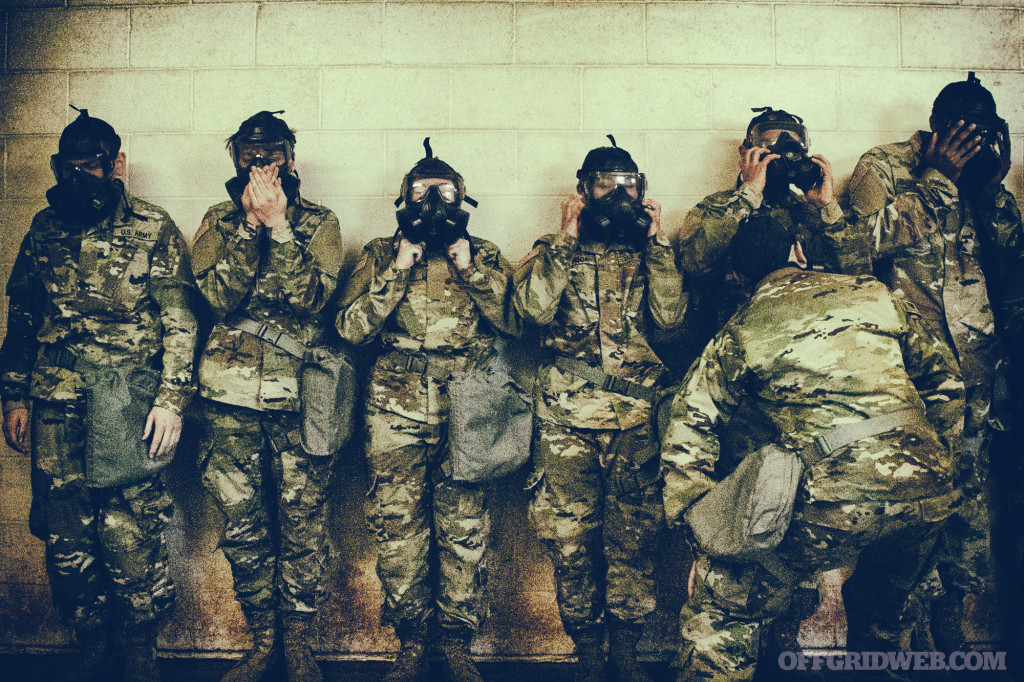

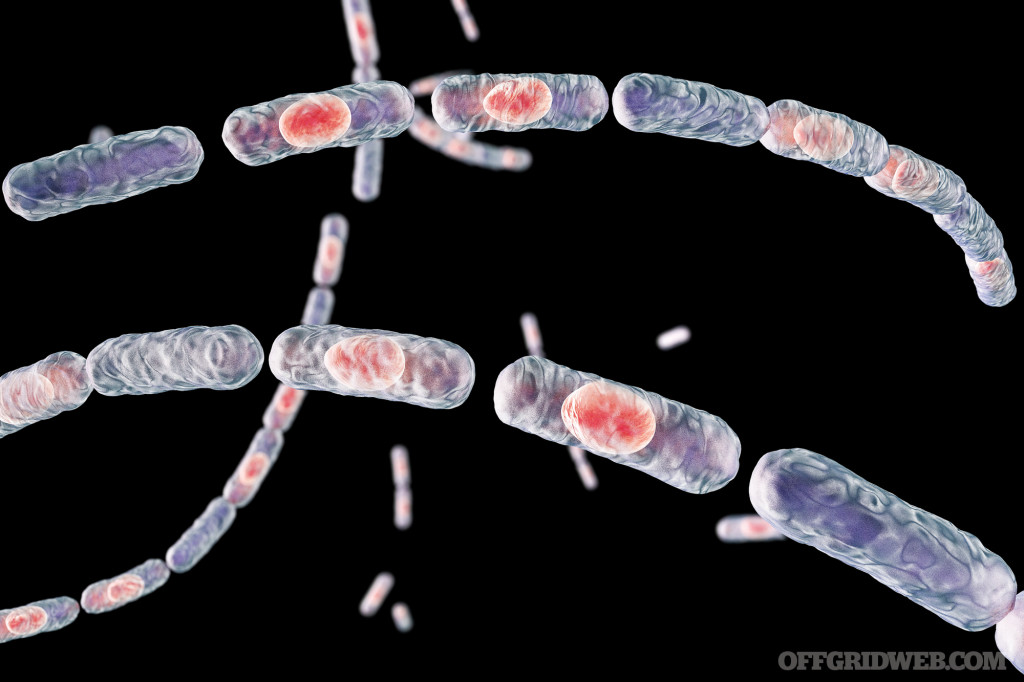
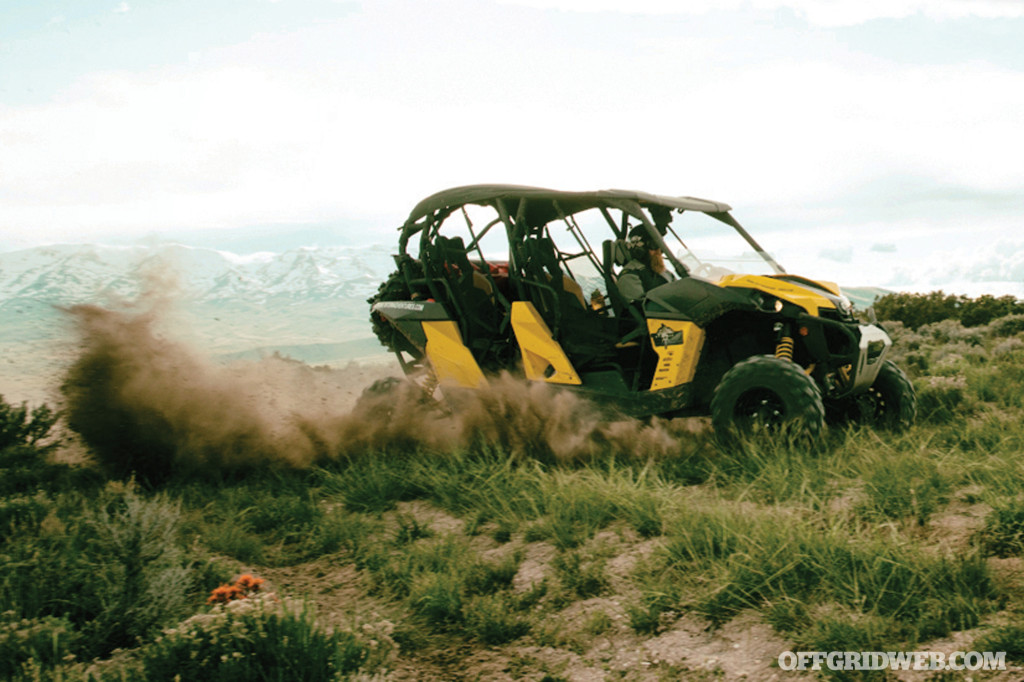

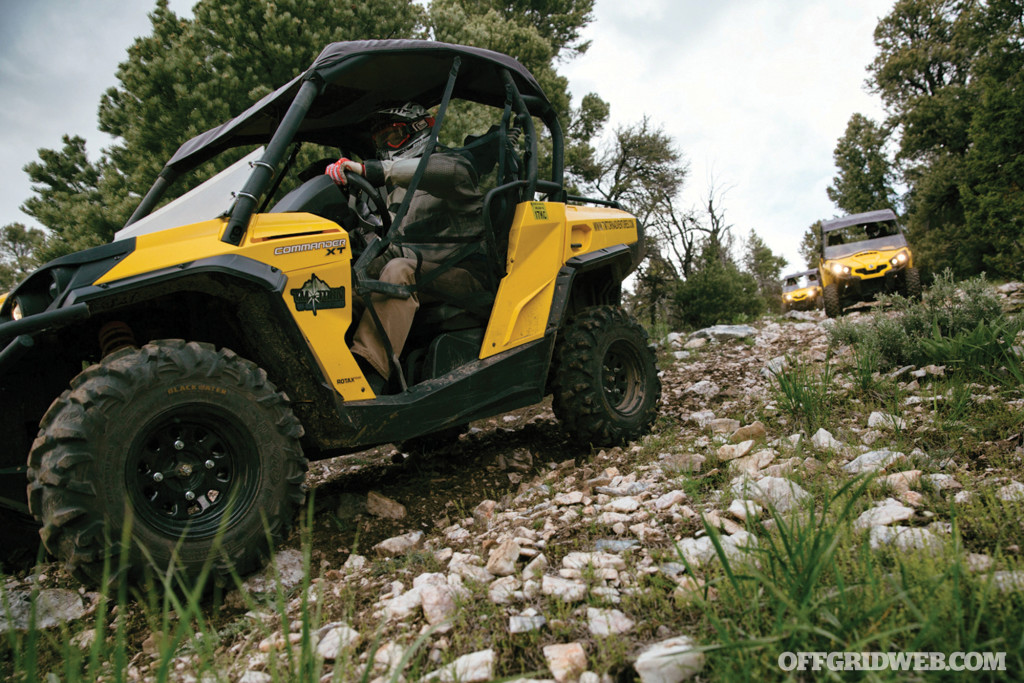
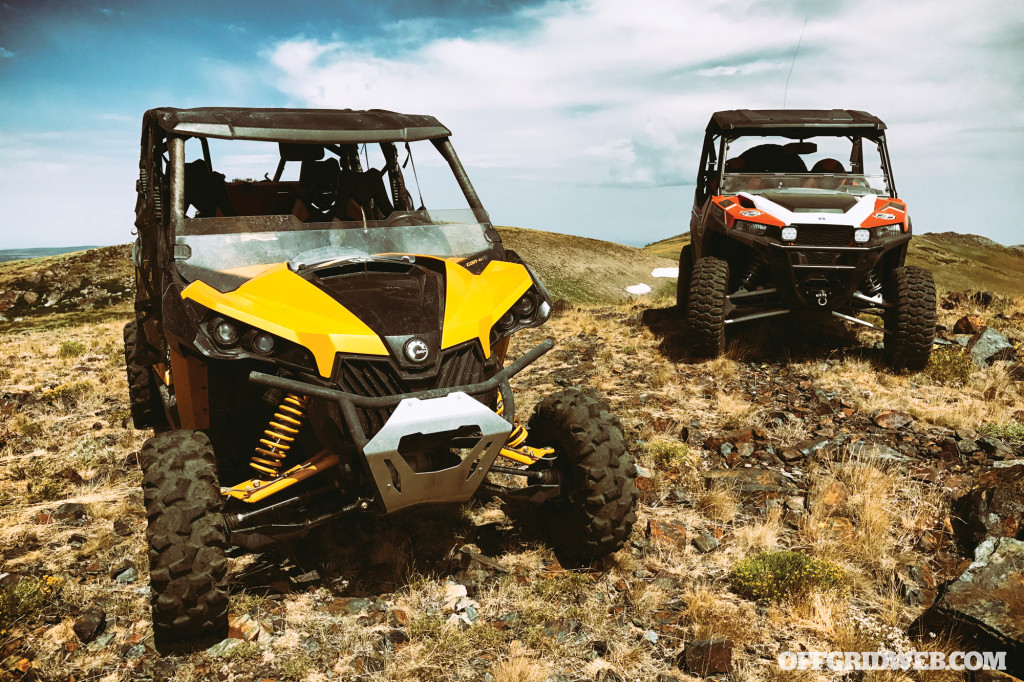
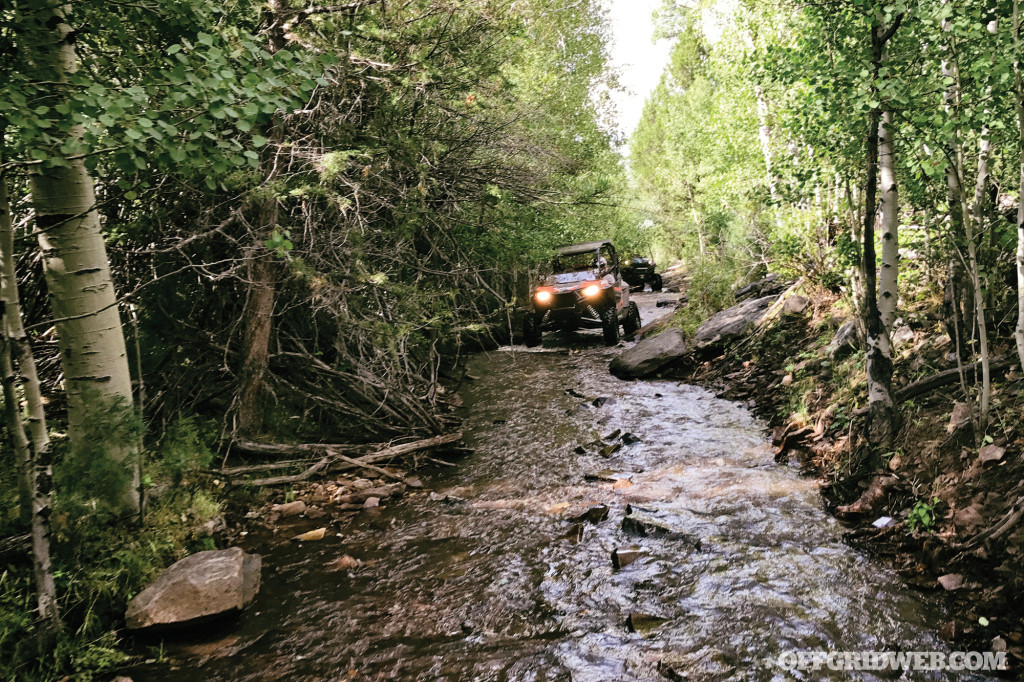
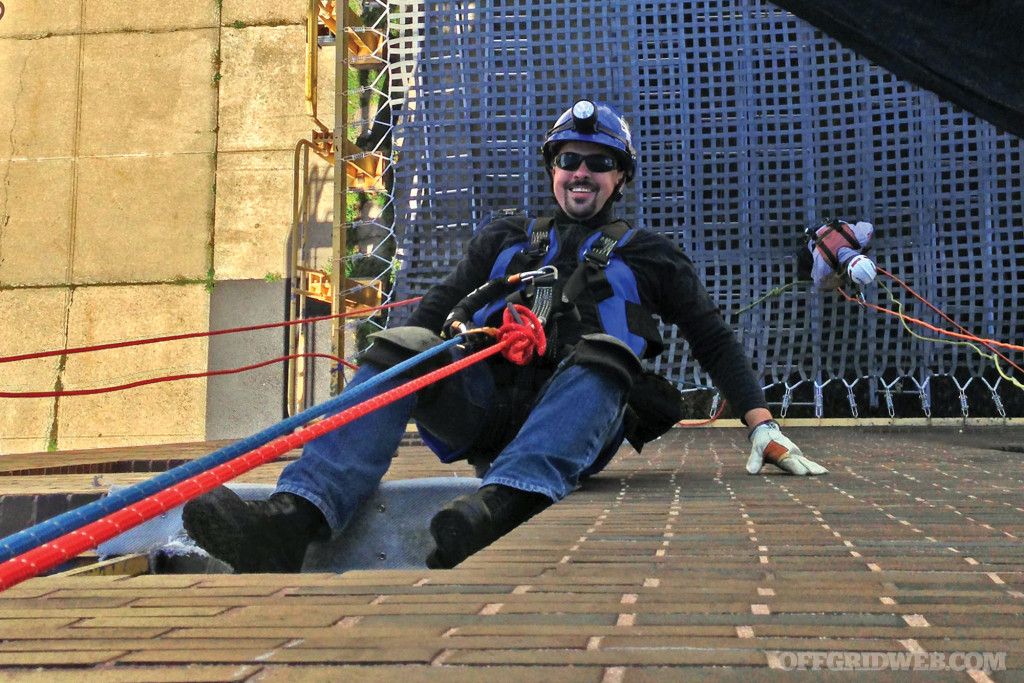
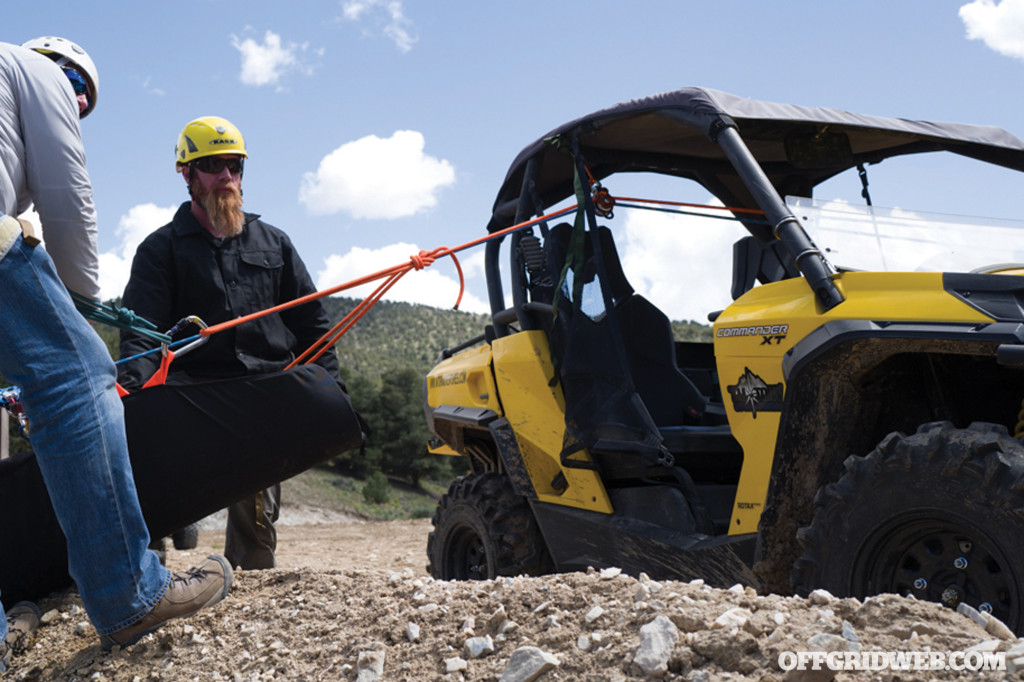



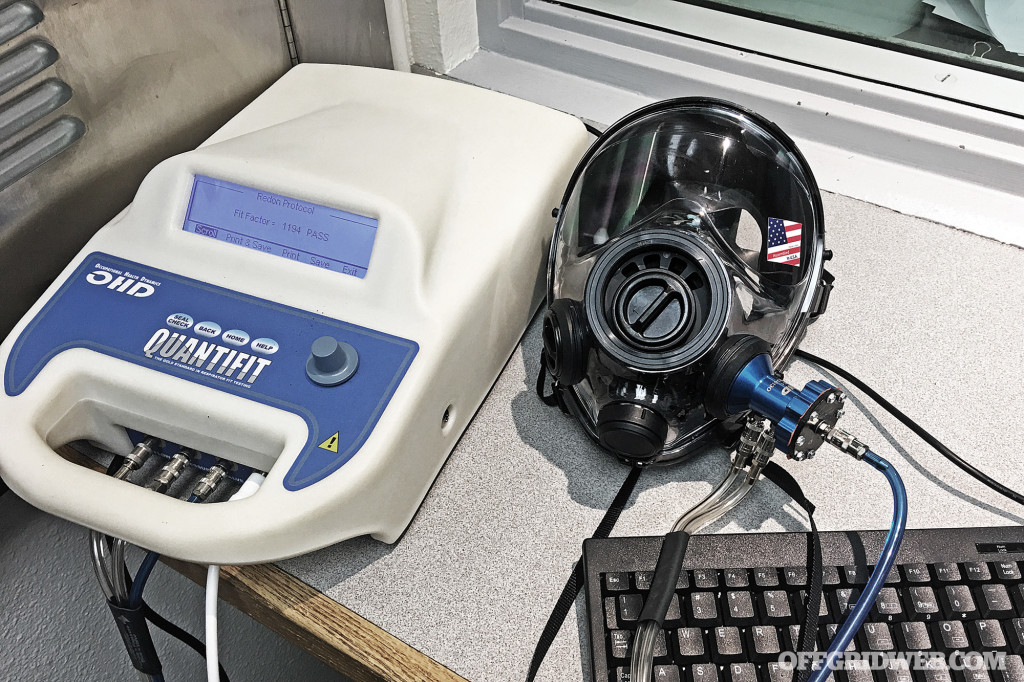
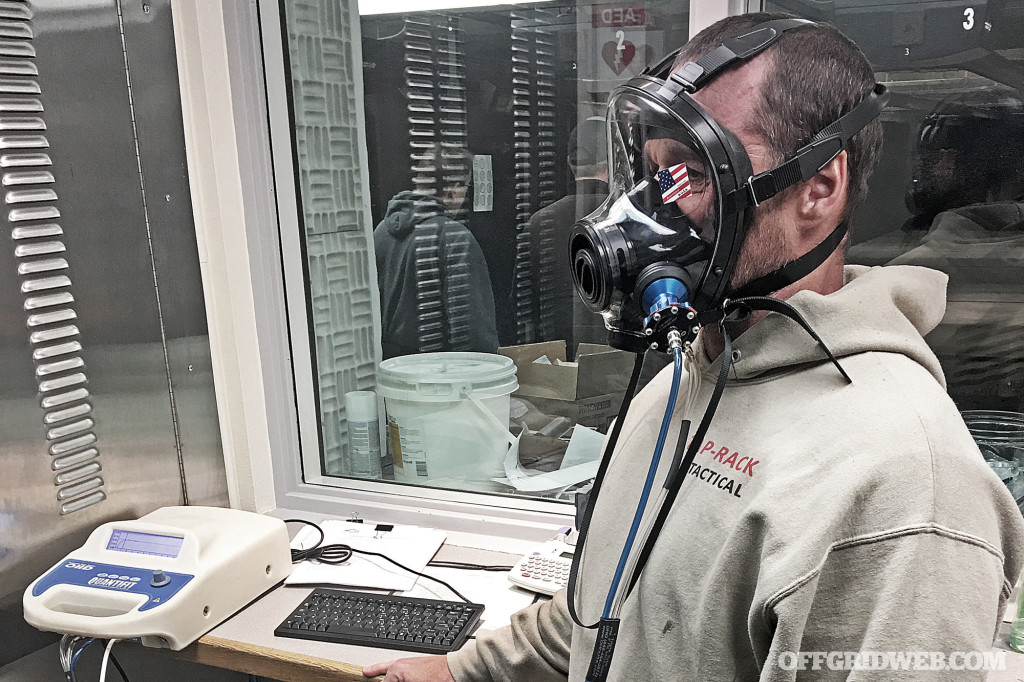

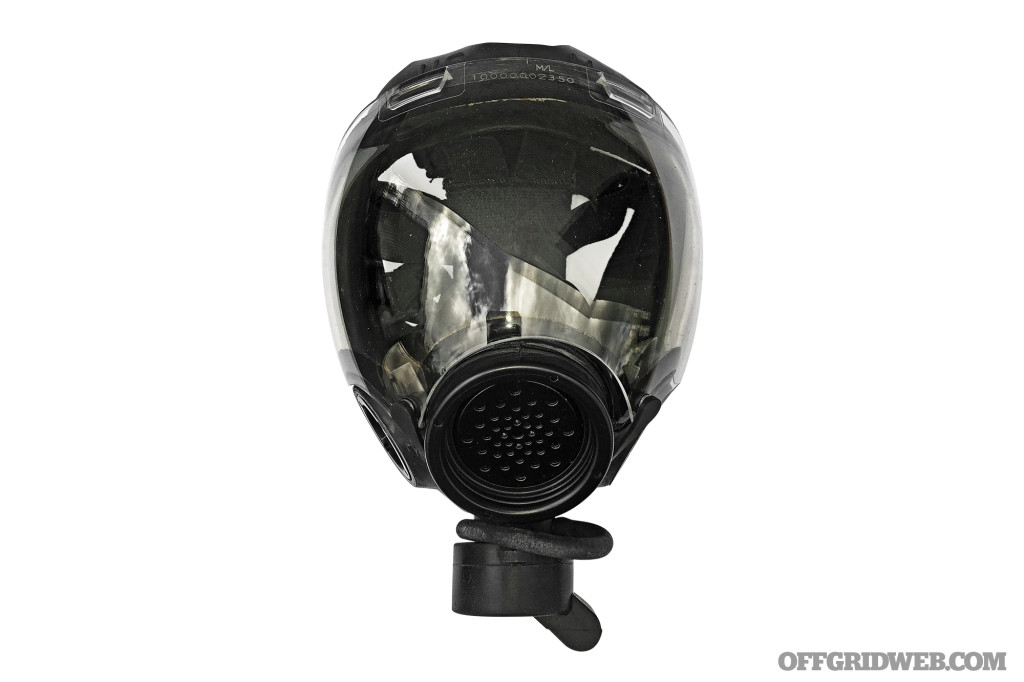
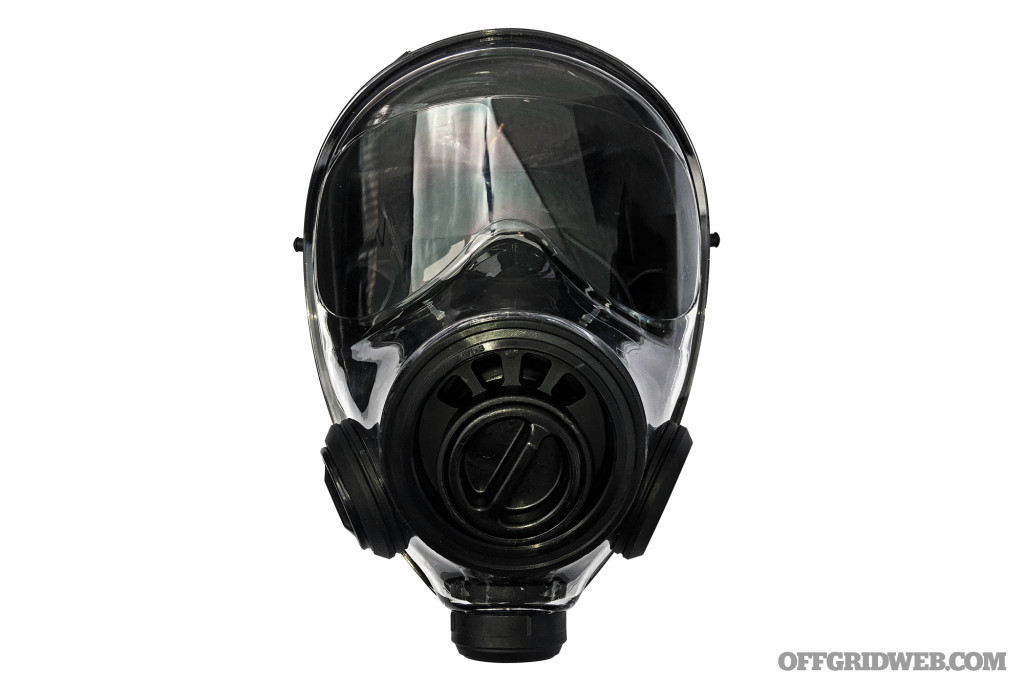


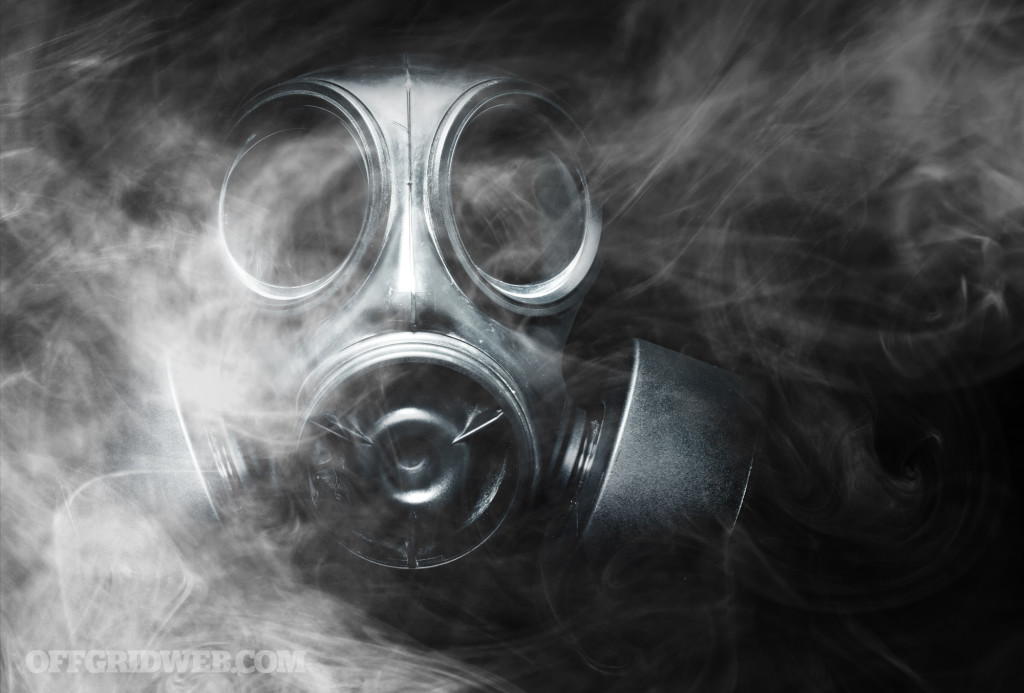
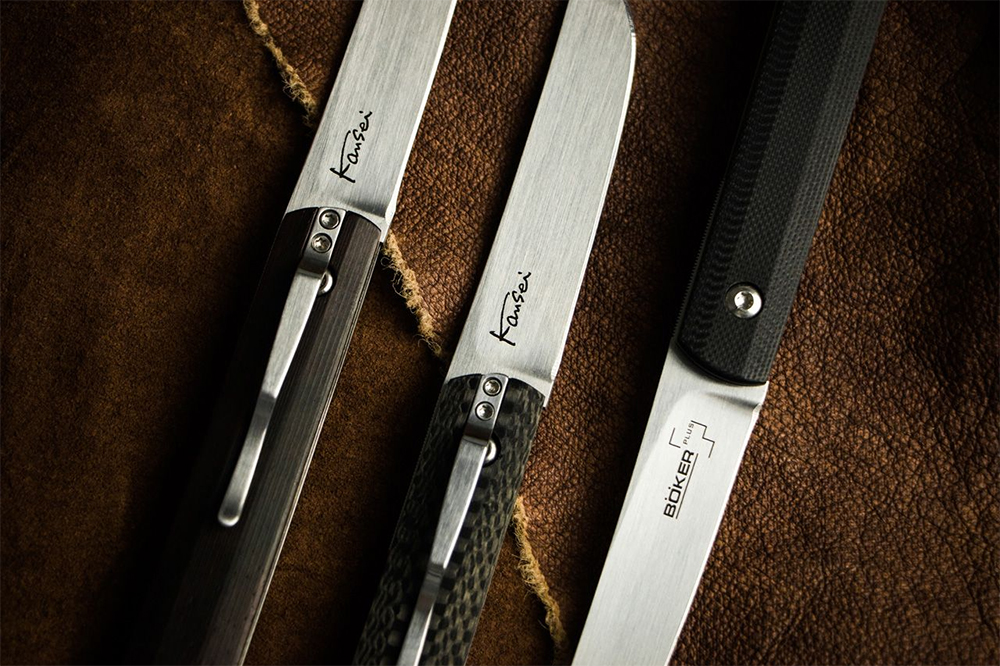
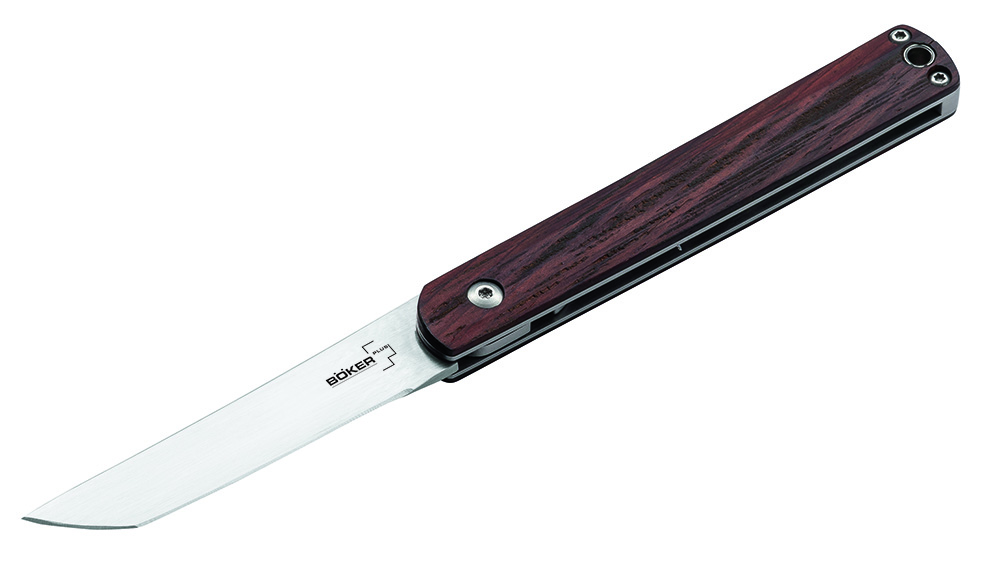
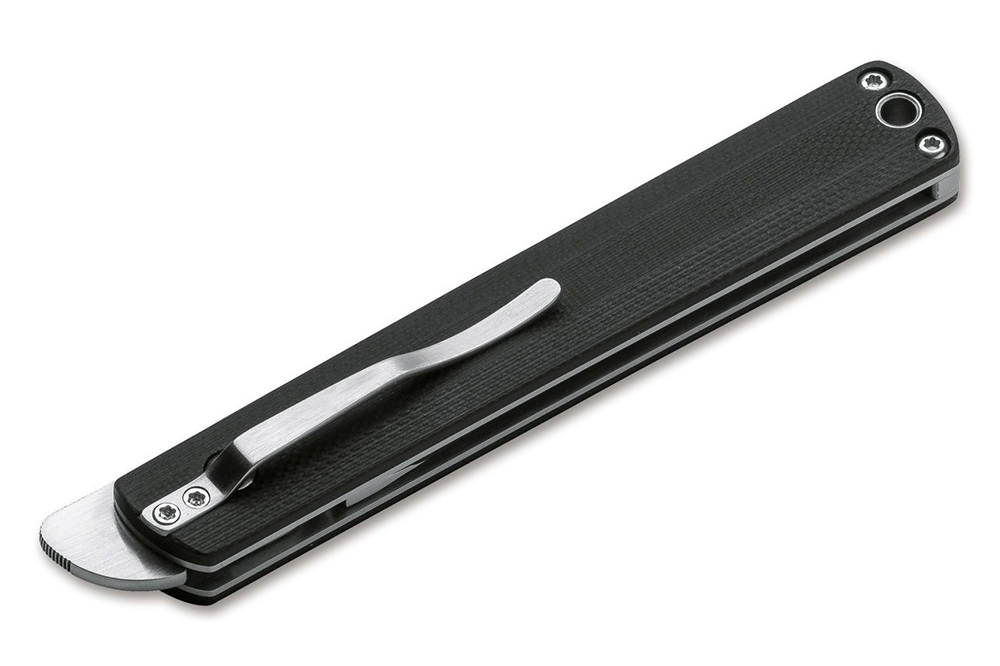
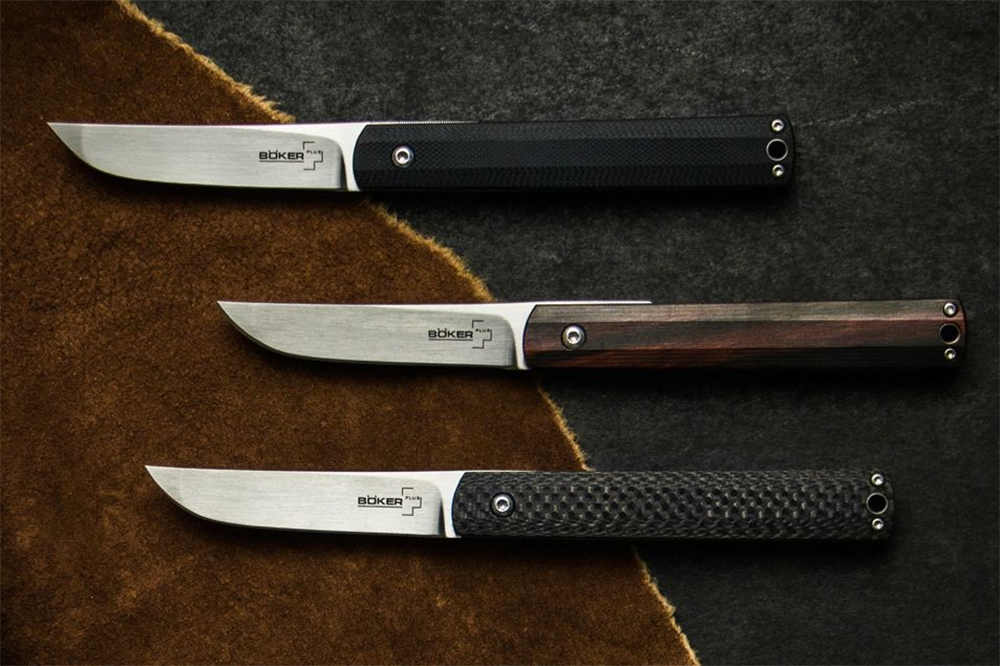
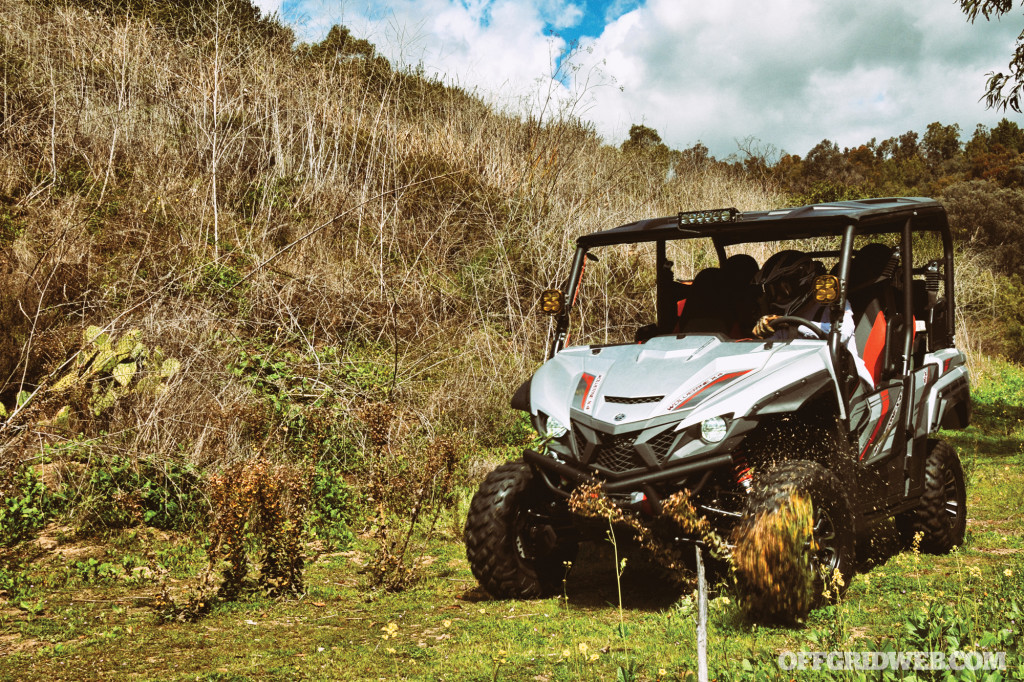


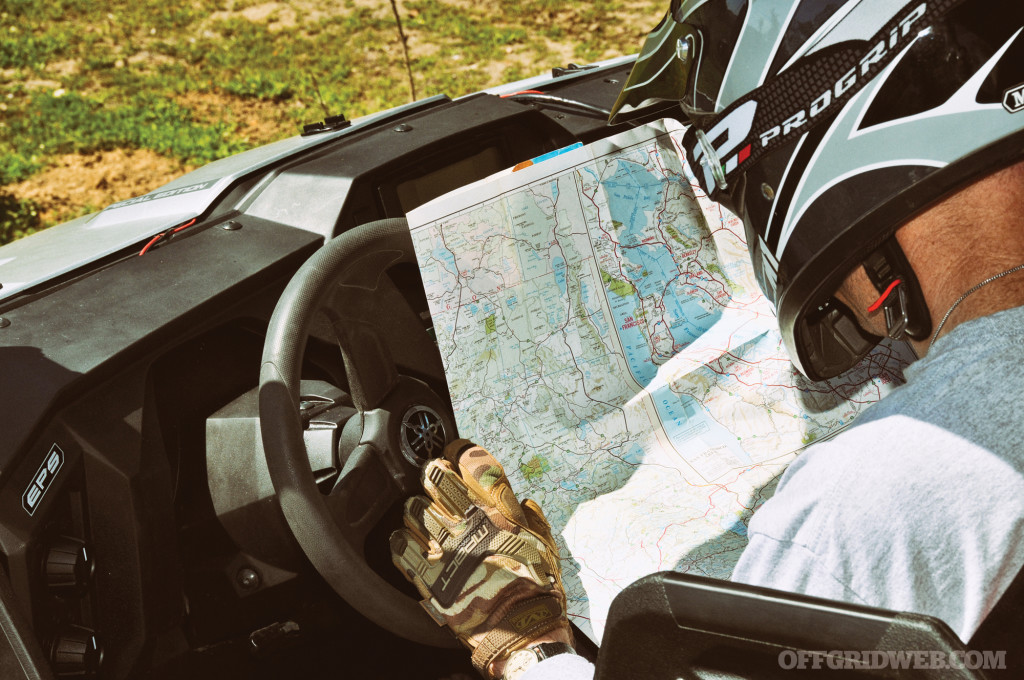
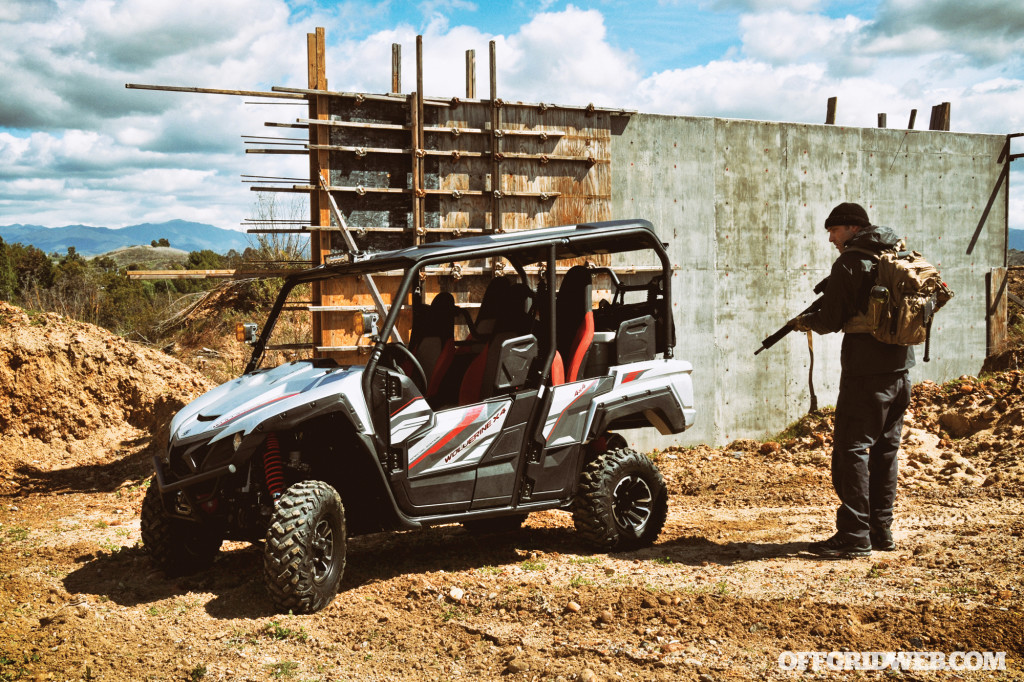




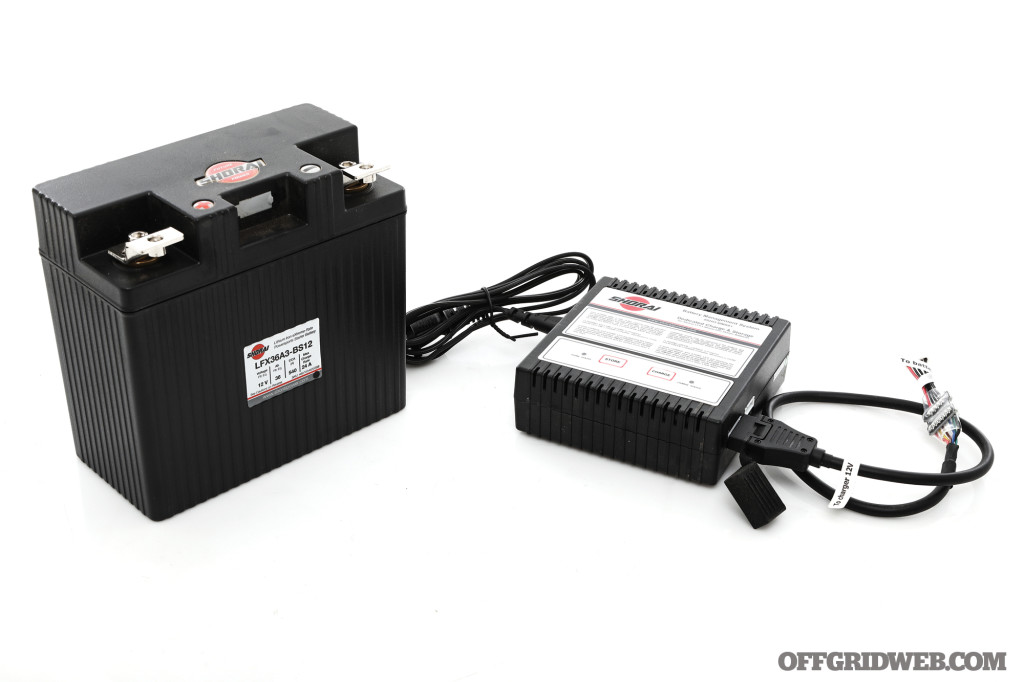



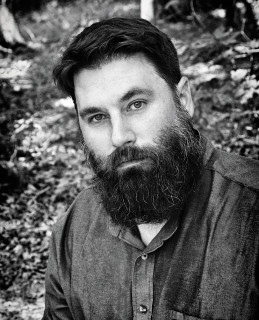 Tim MacWelch
Tim MacWelch Lorenzo Paladino
Lorenzo Paladino